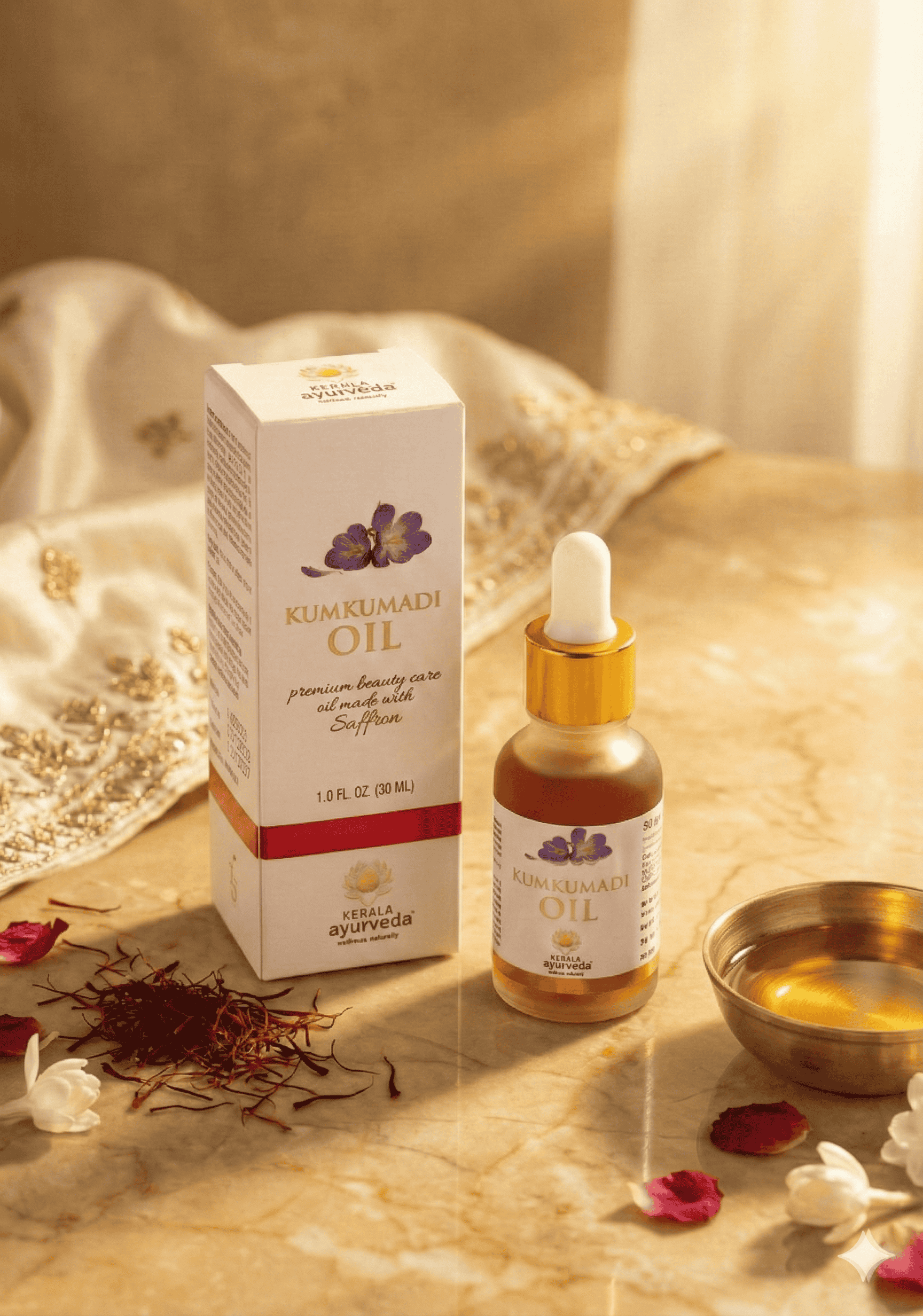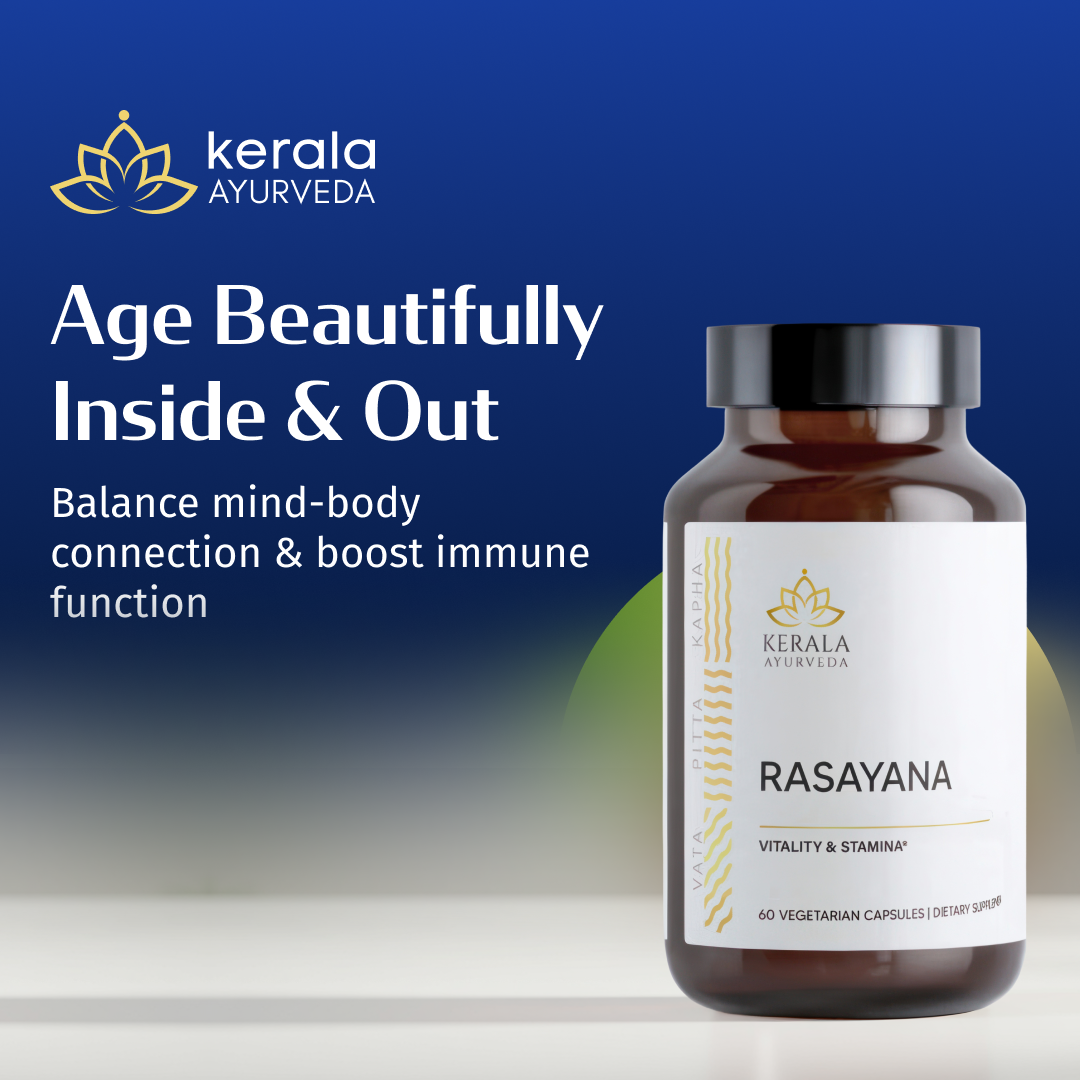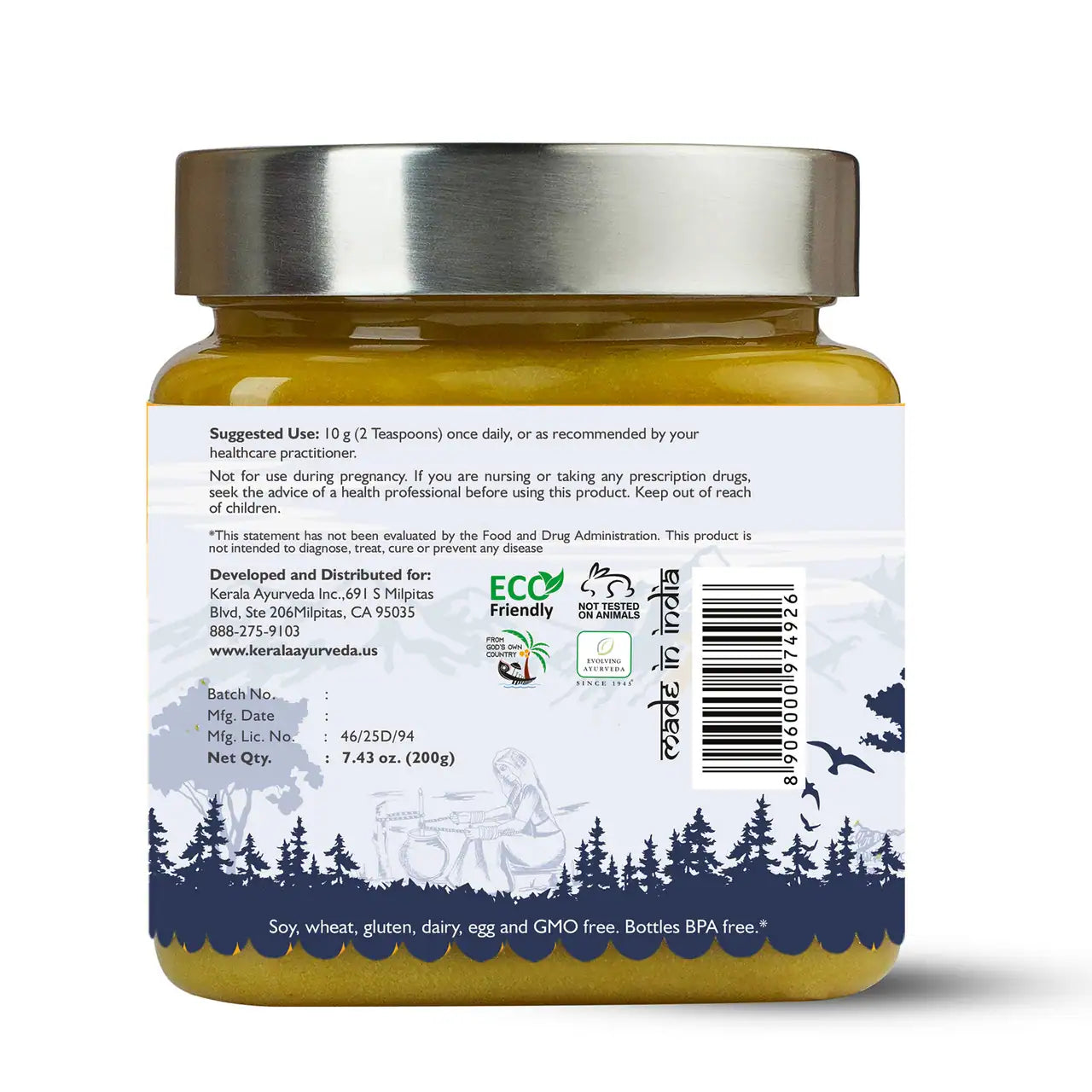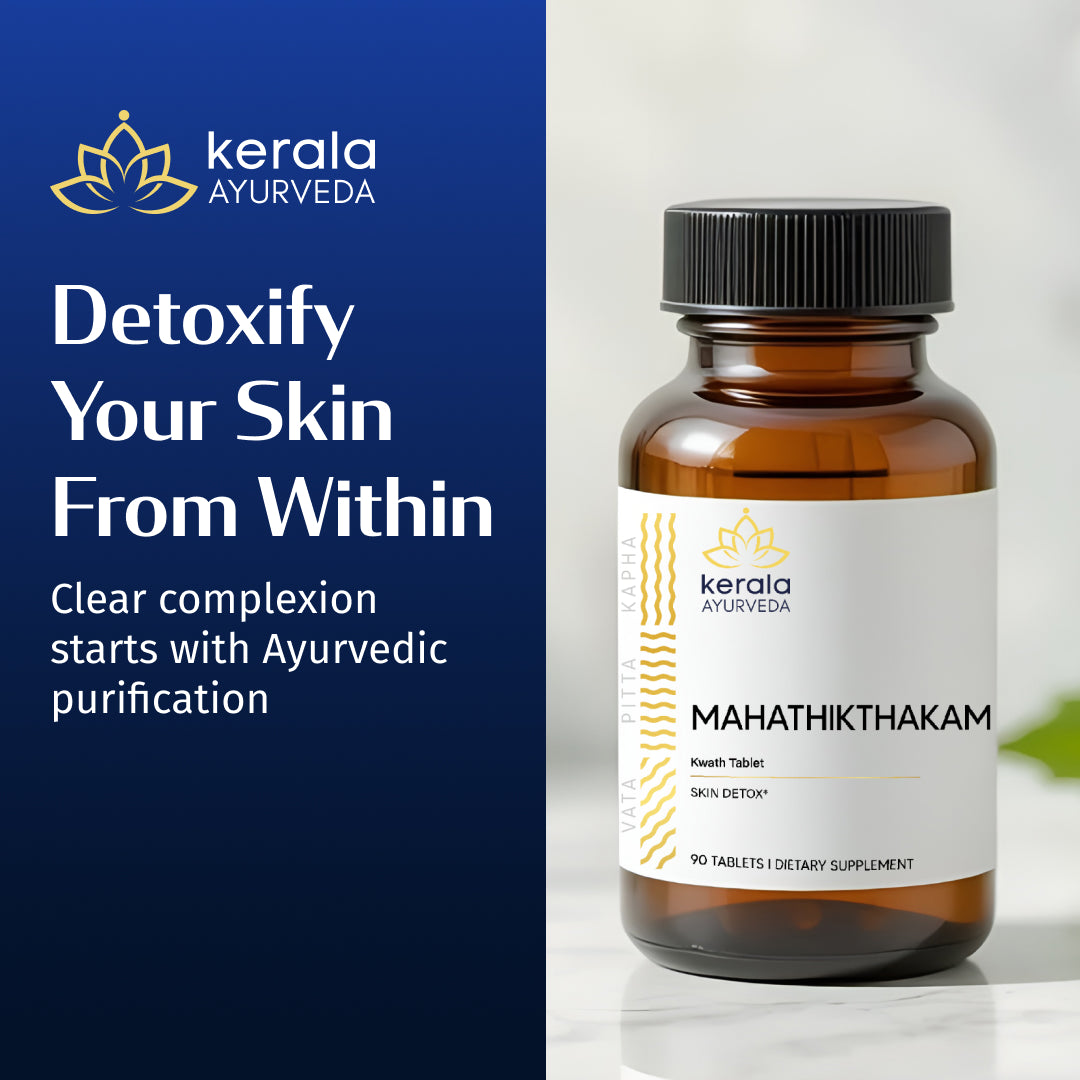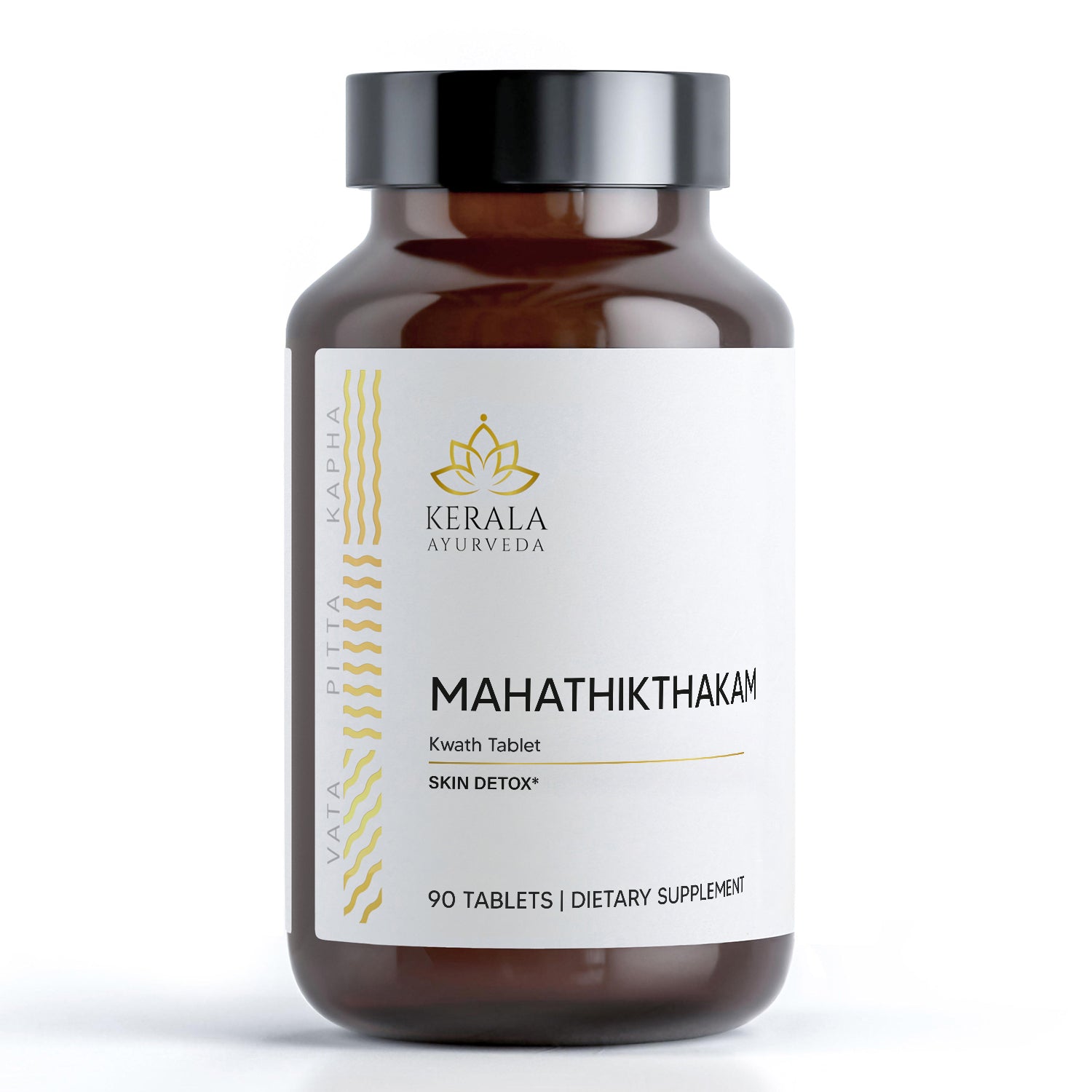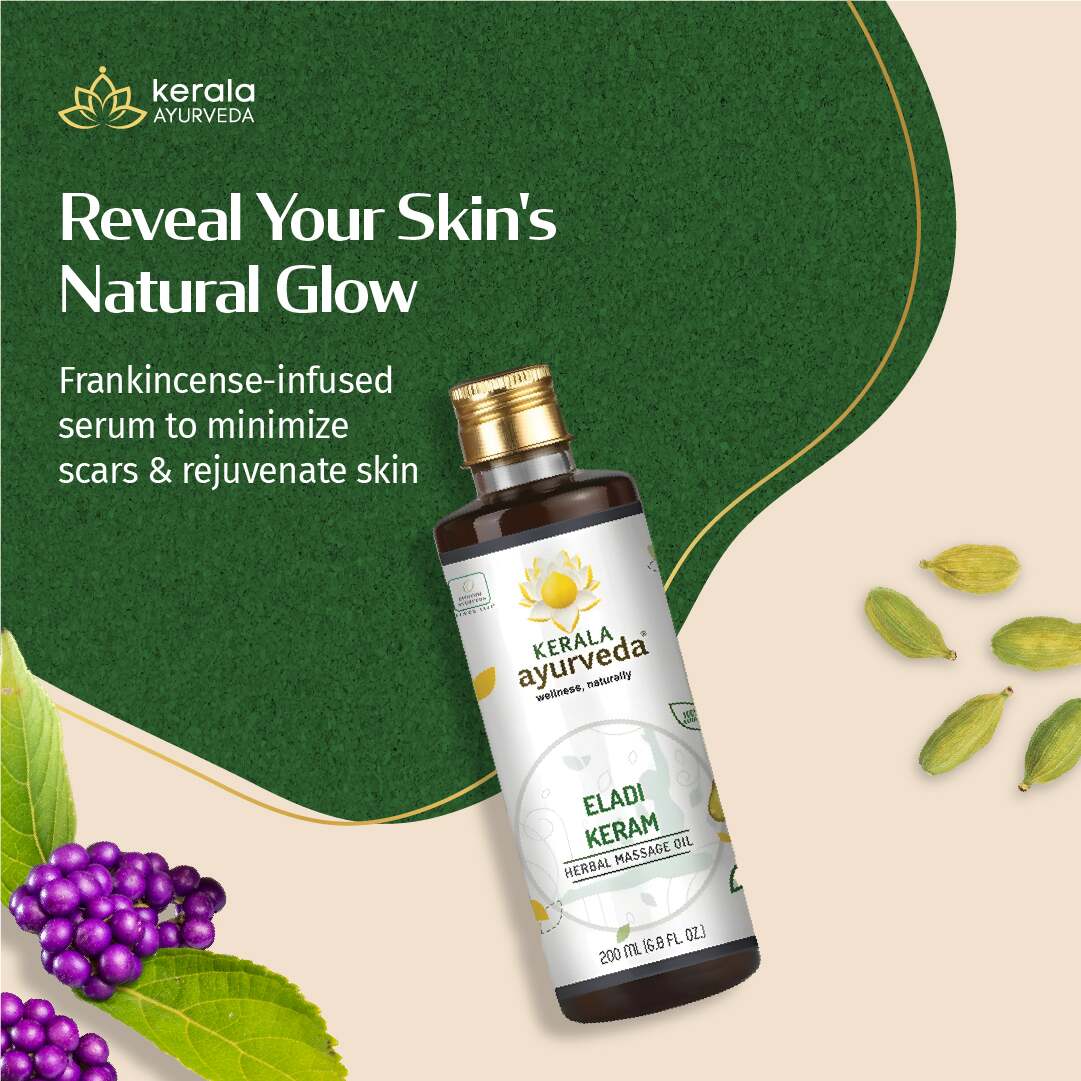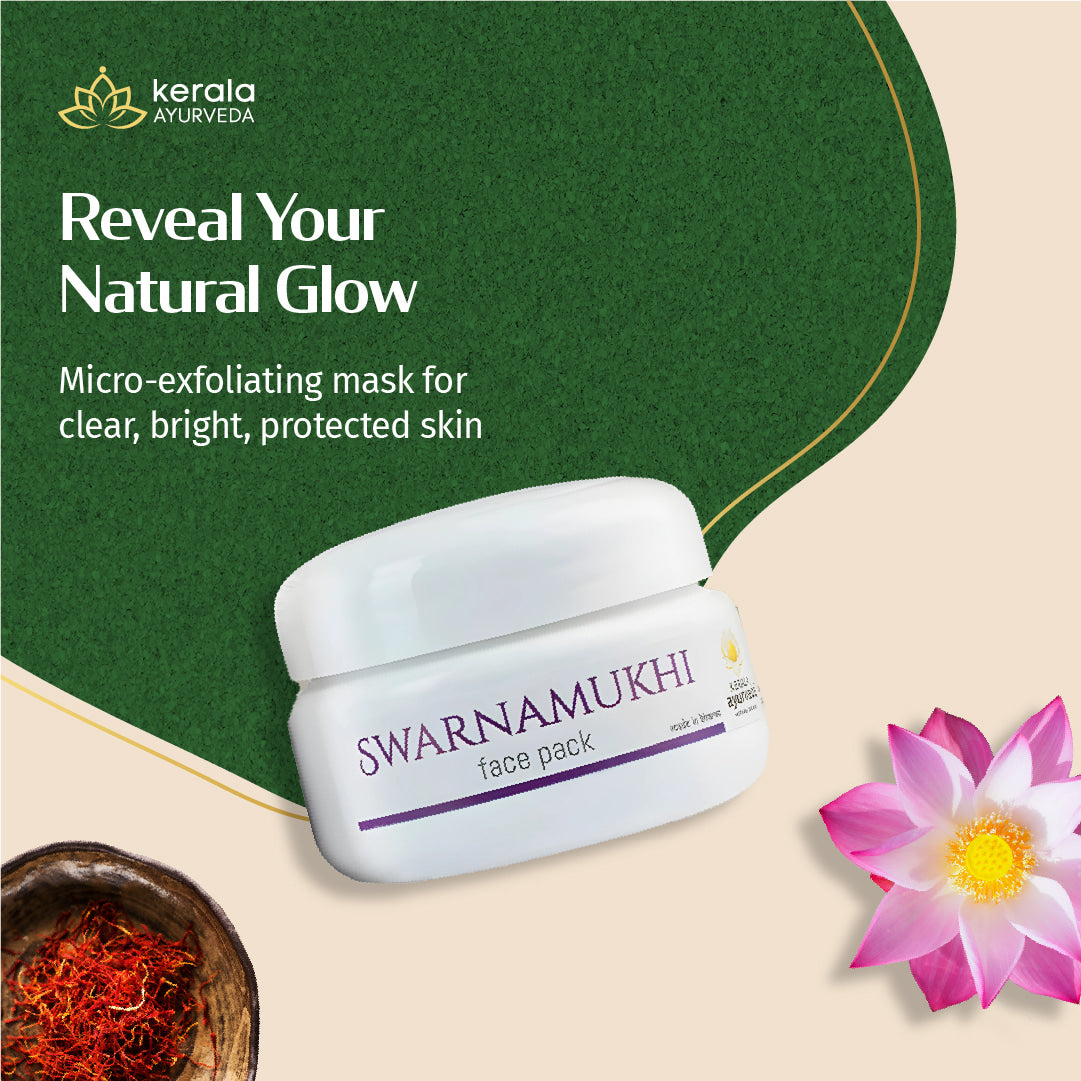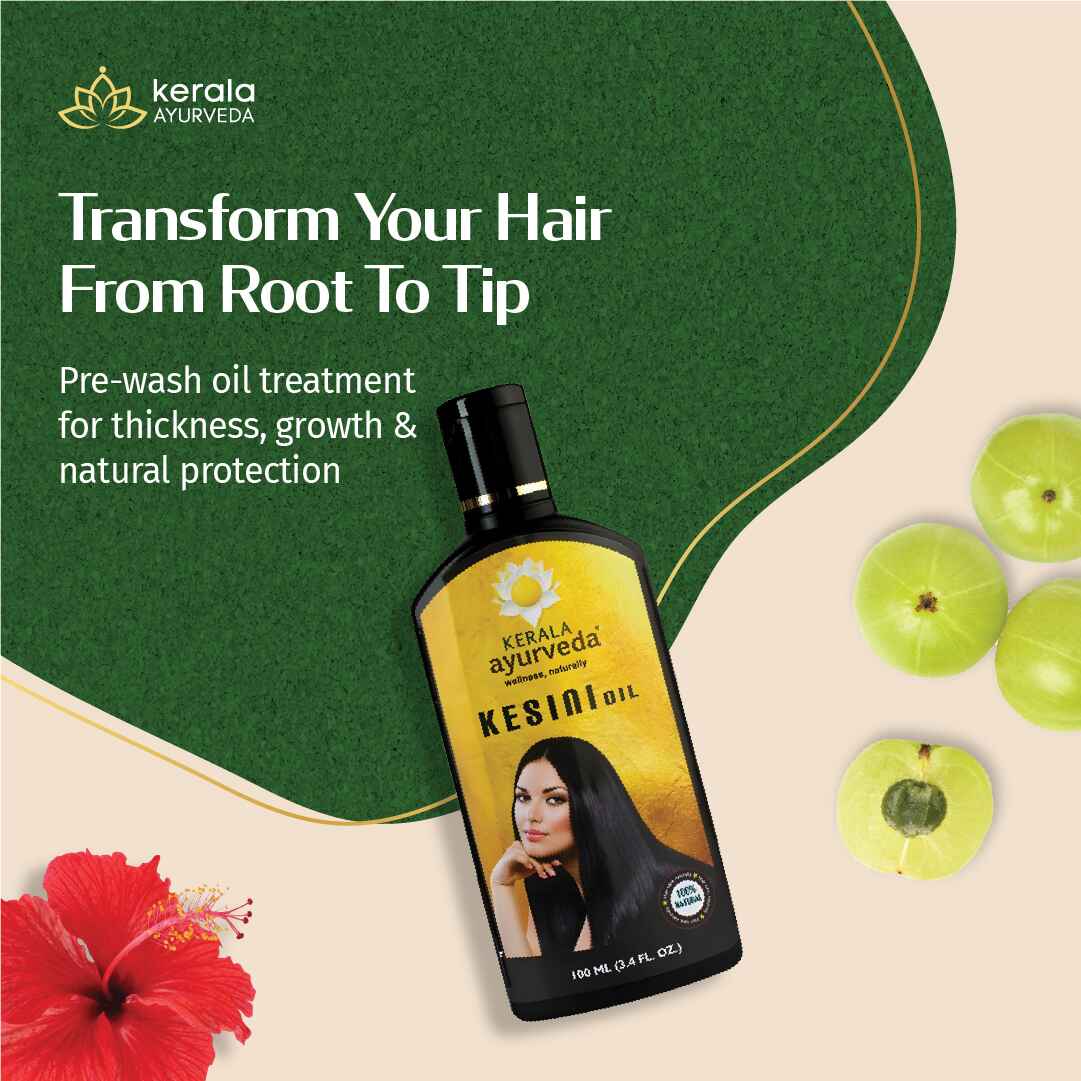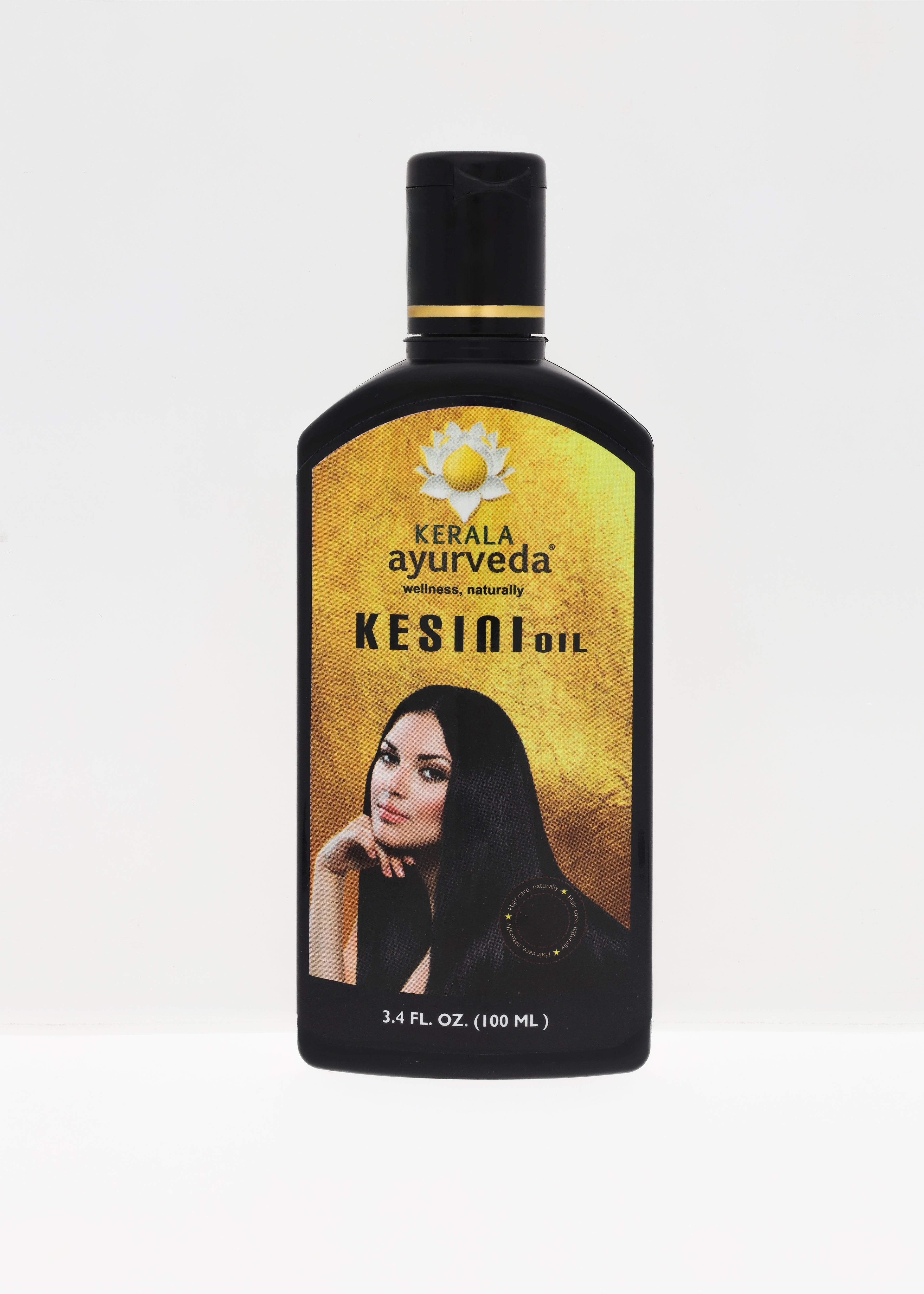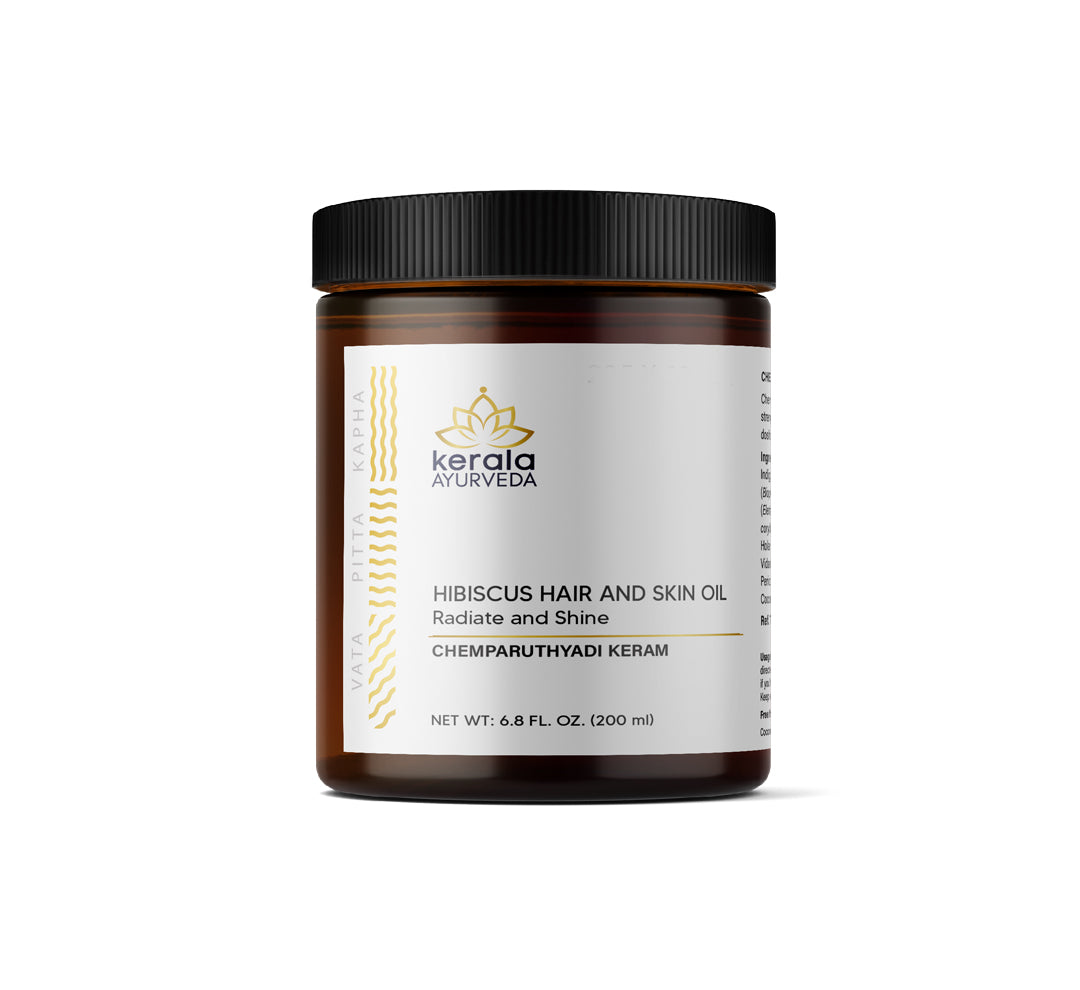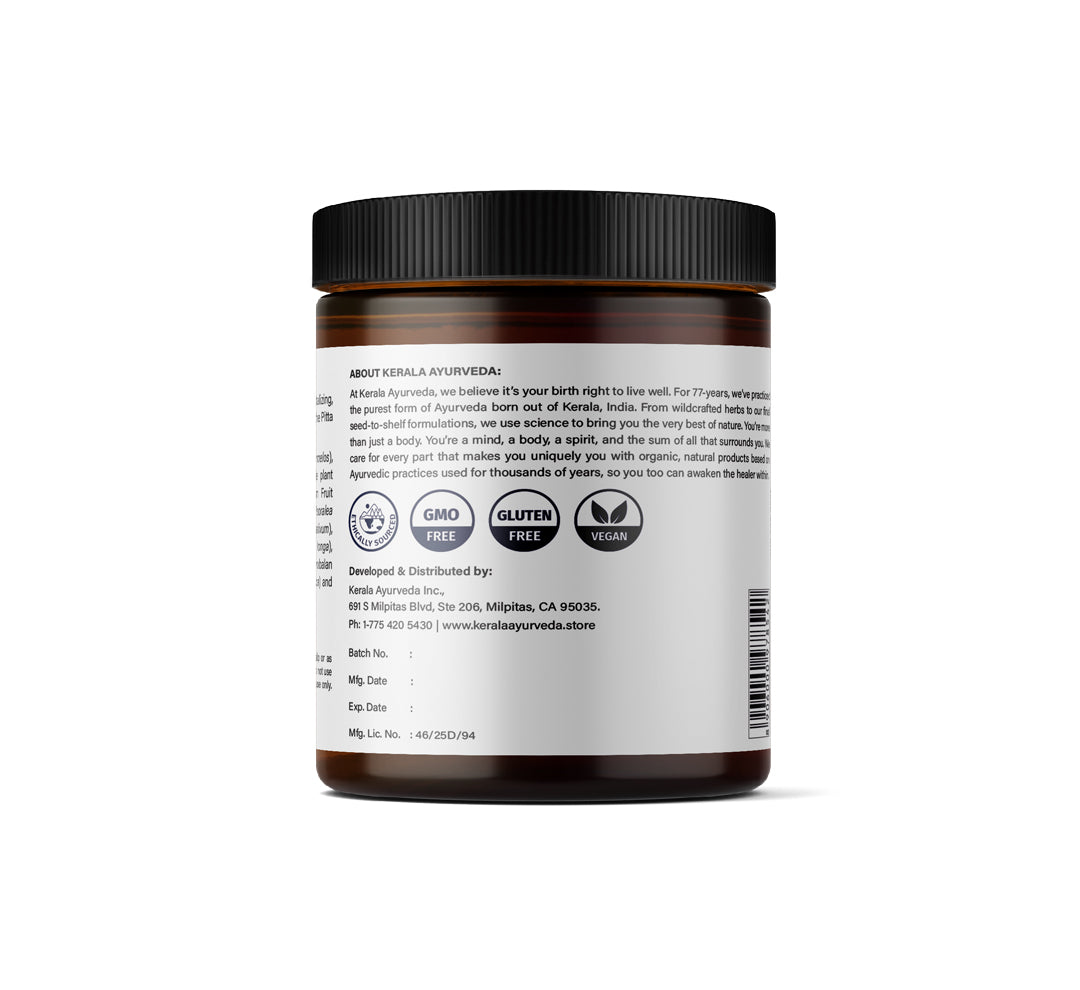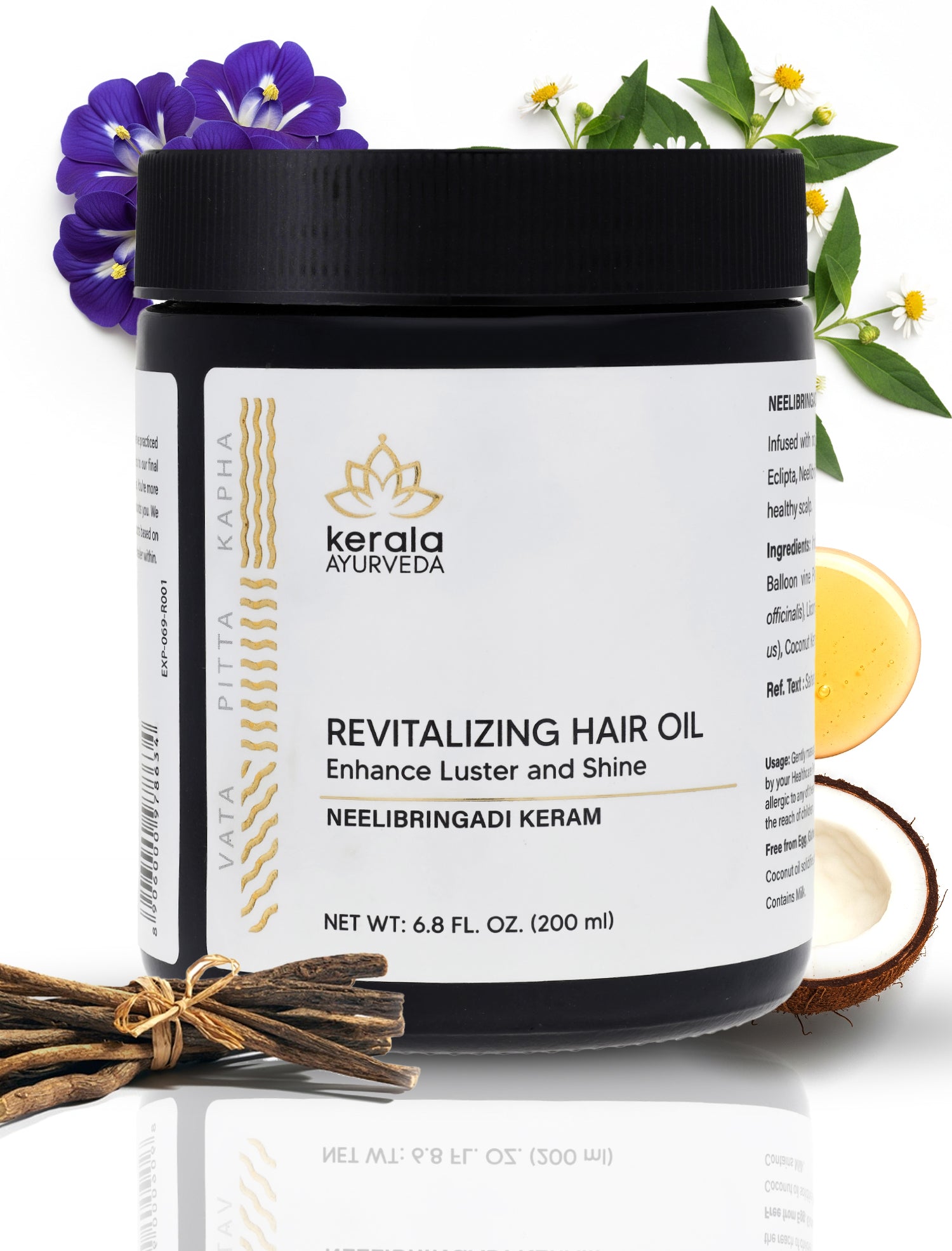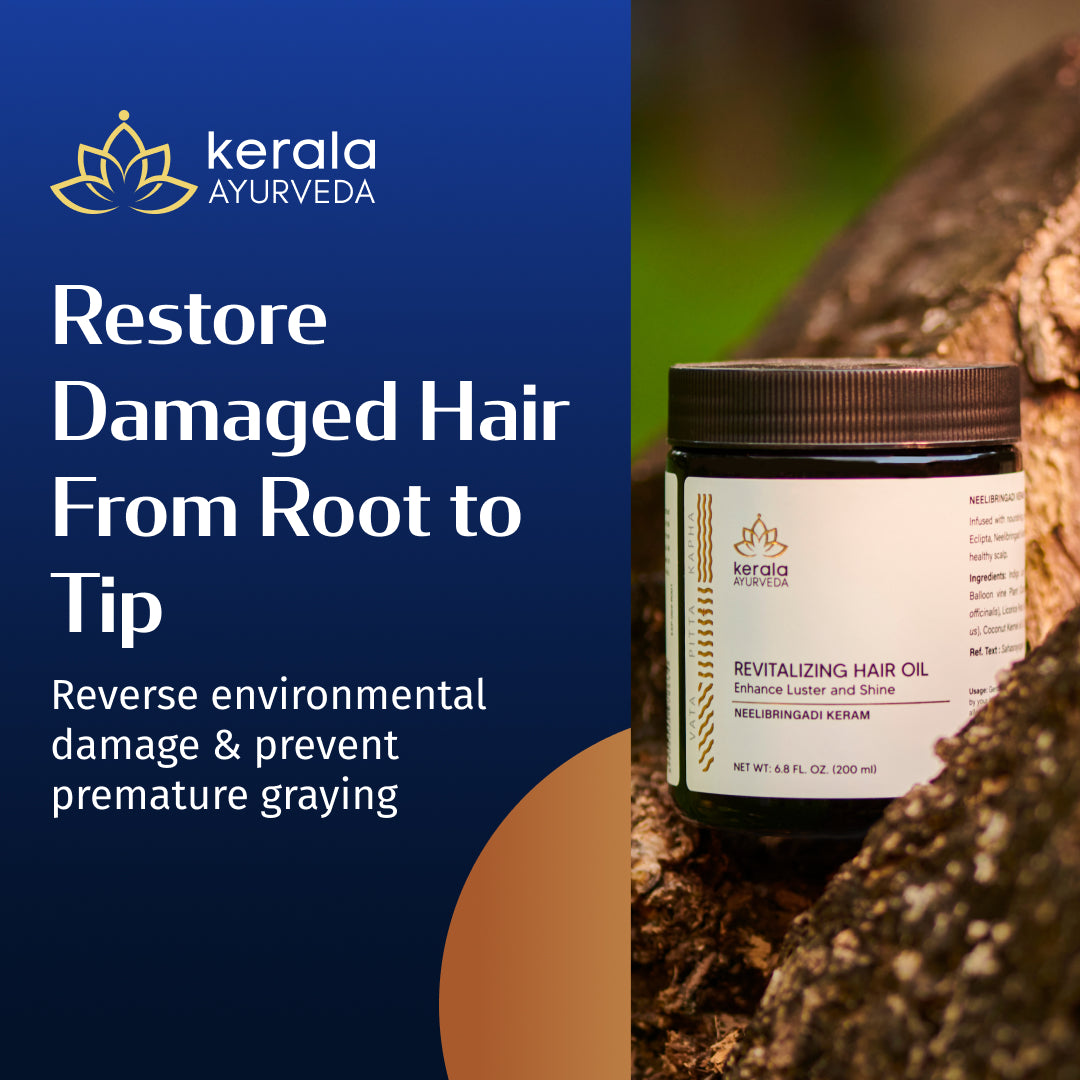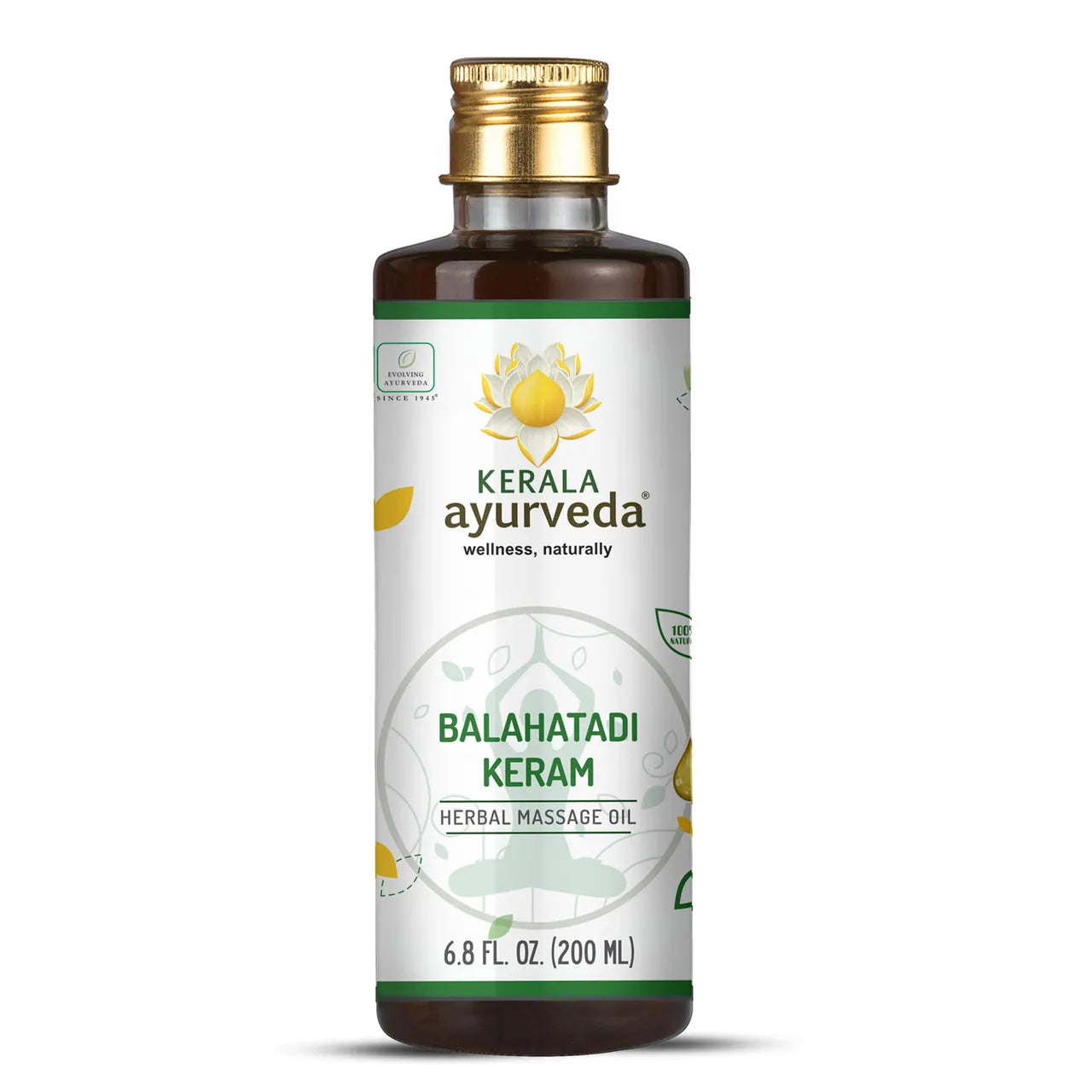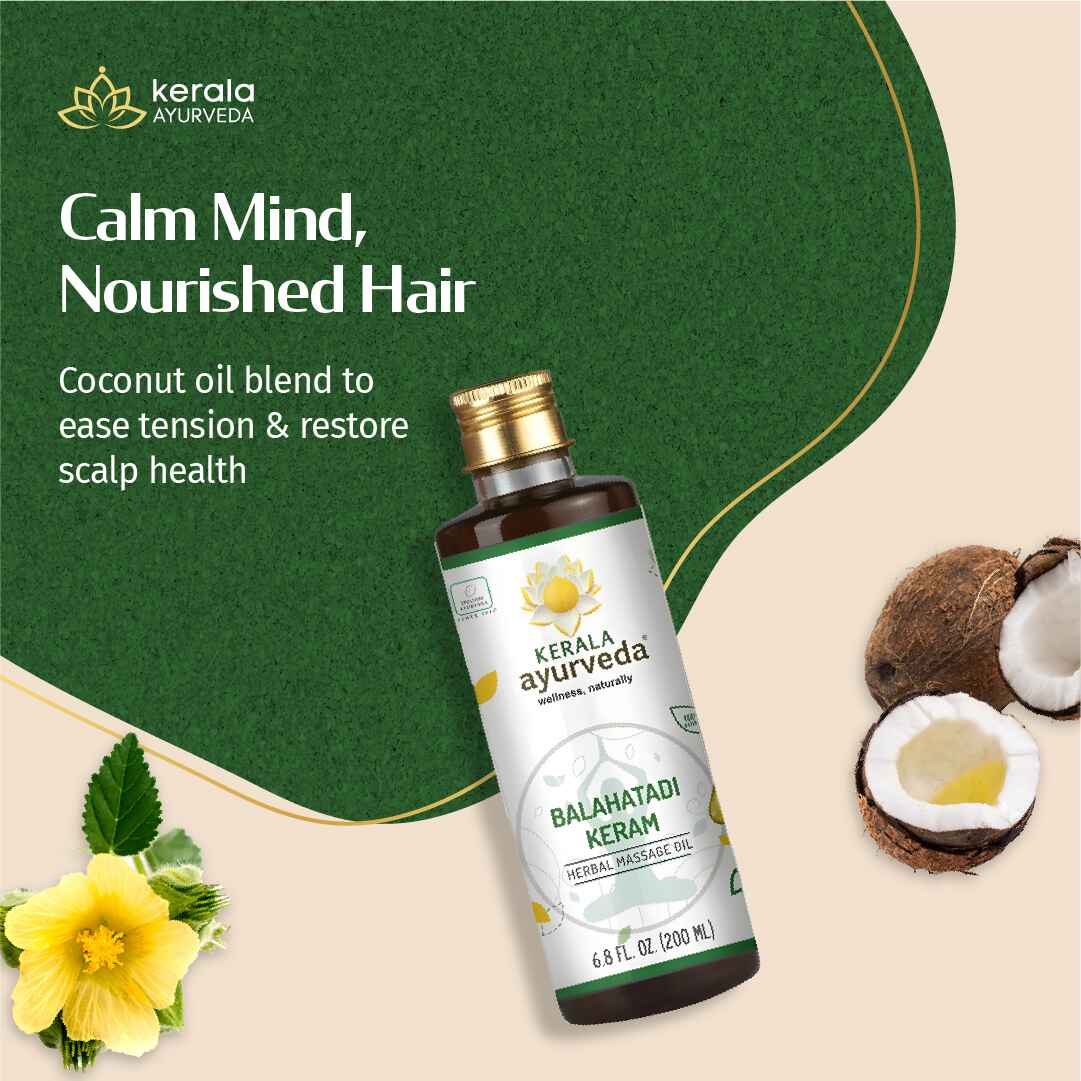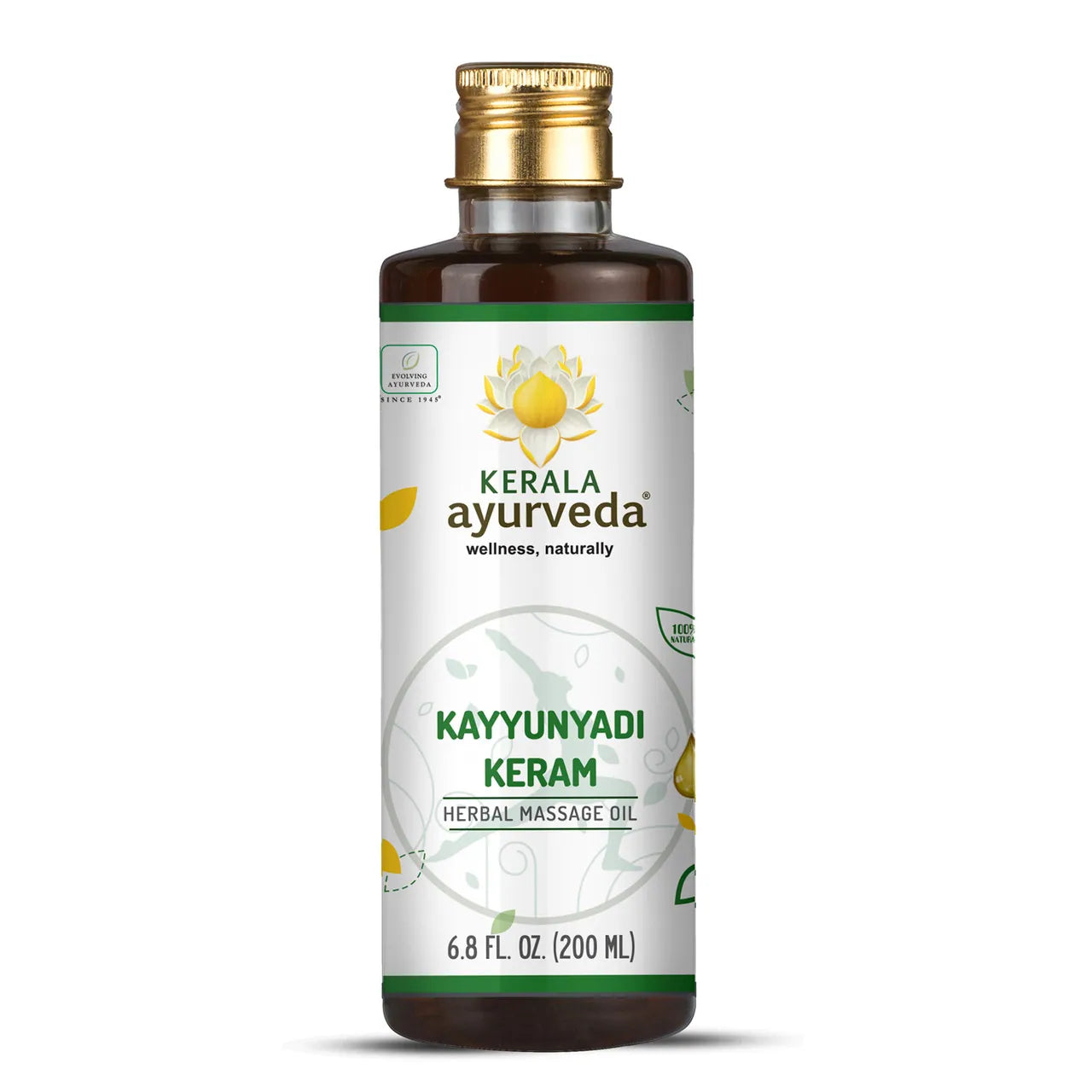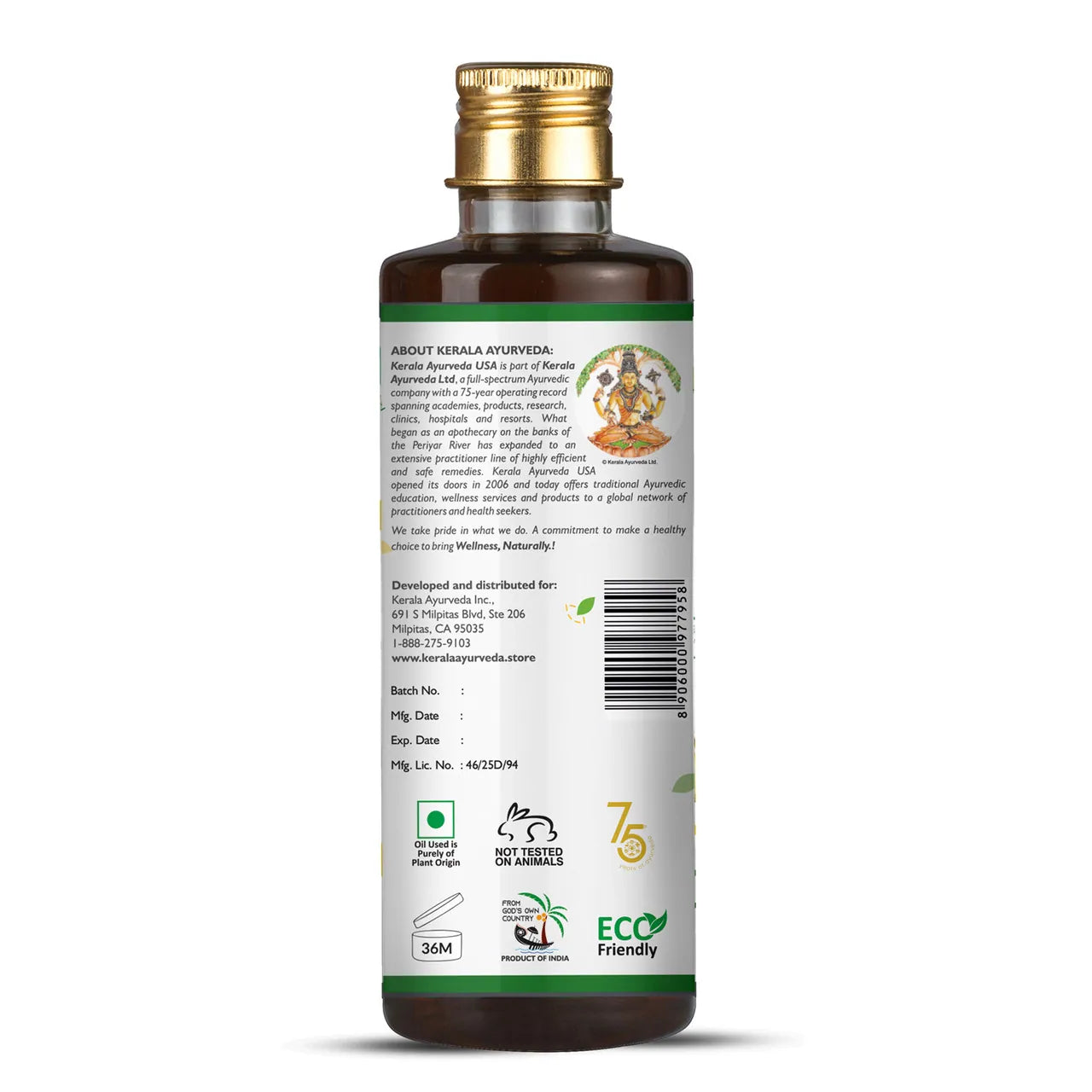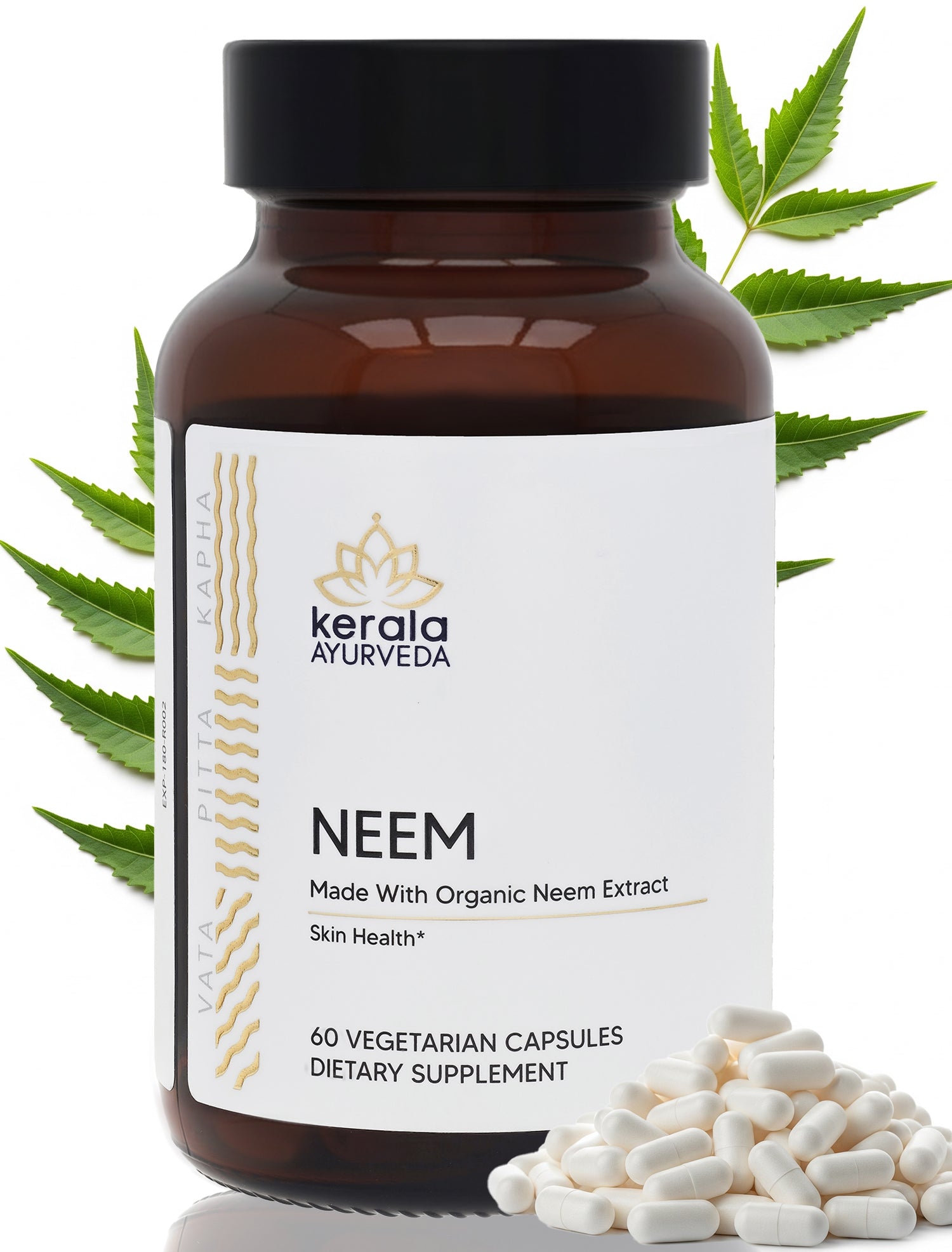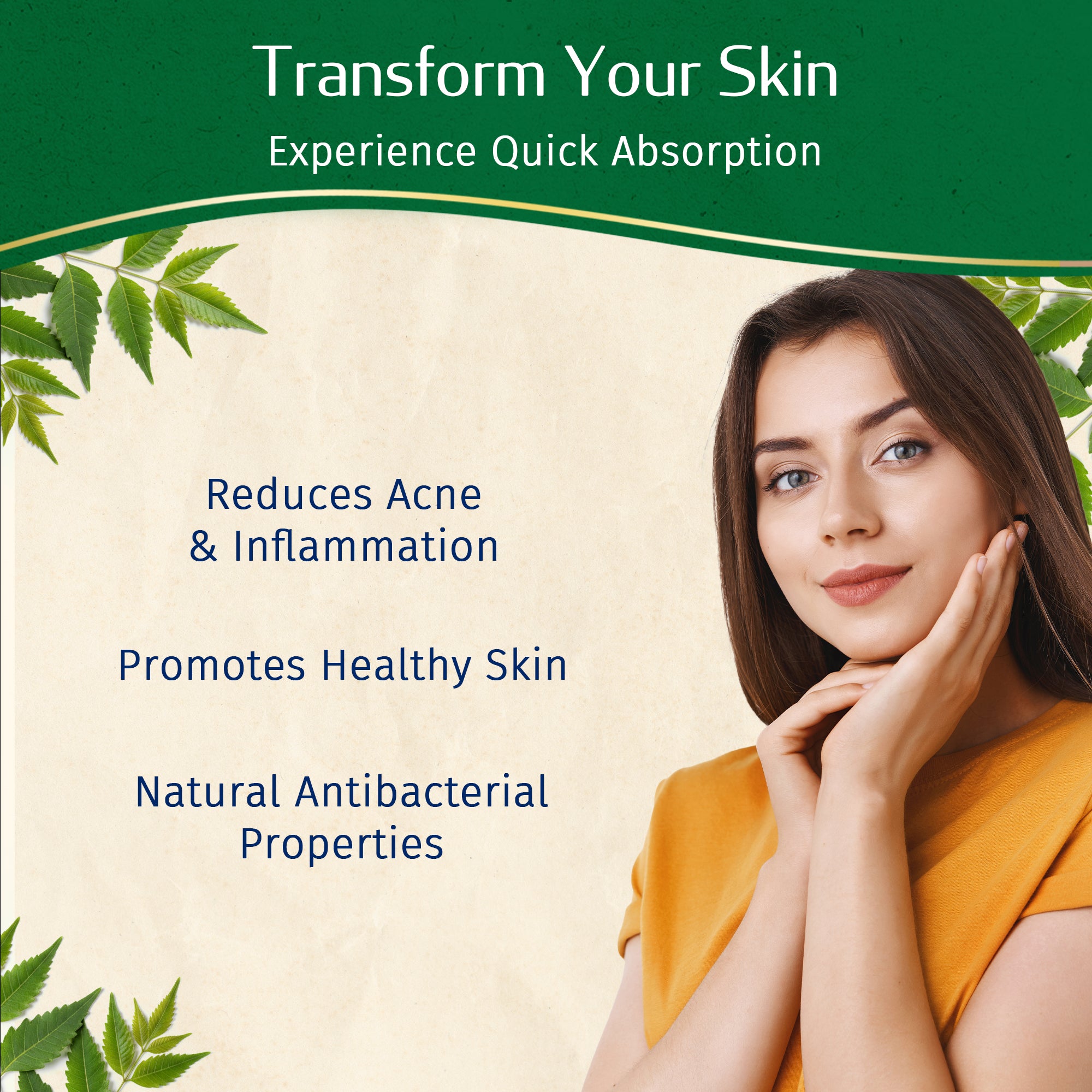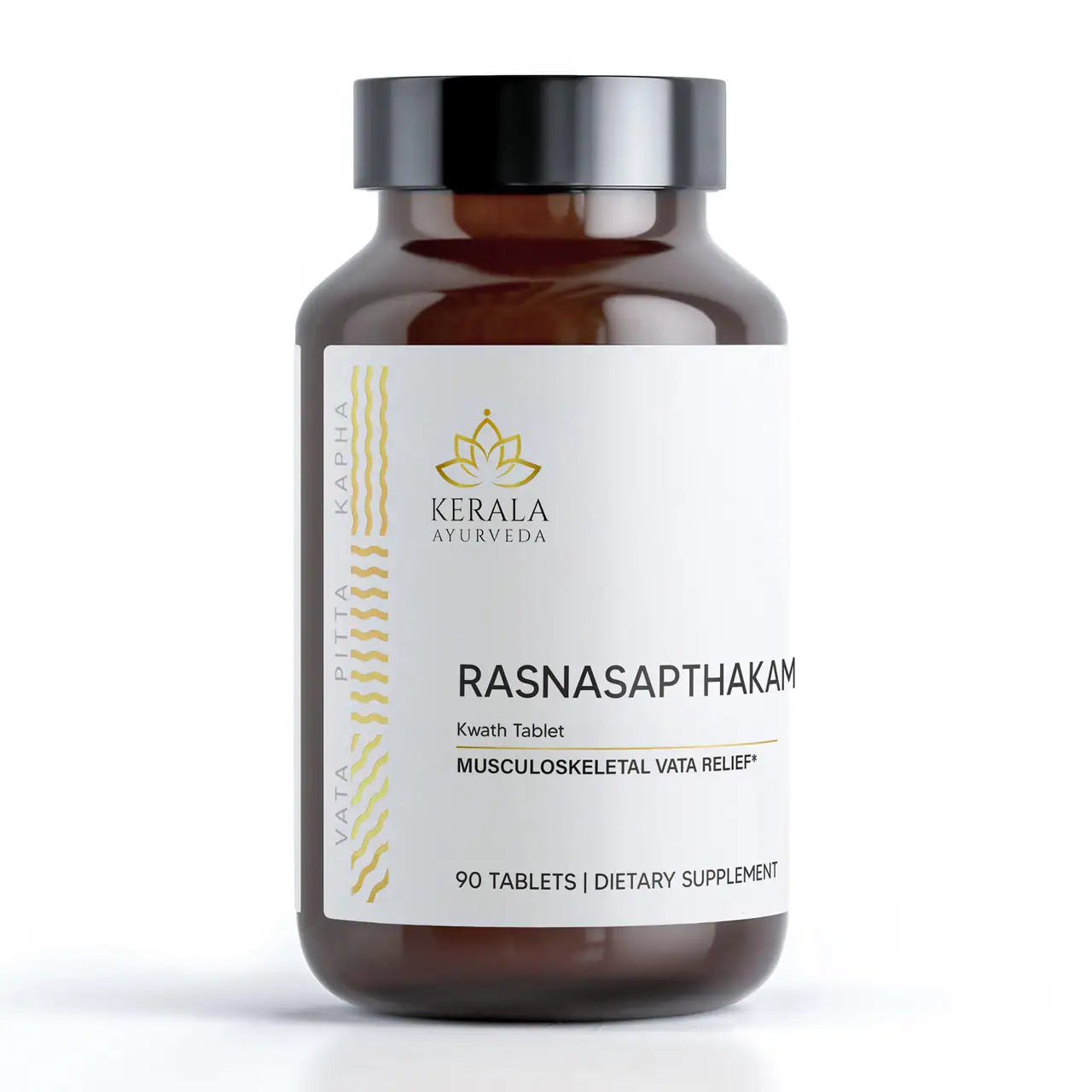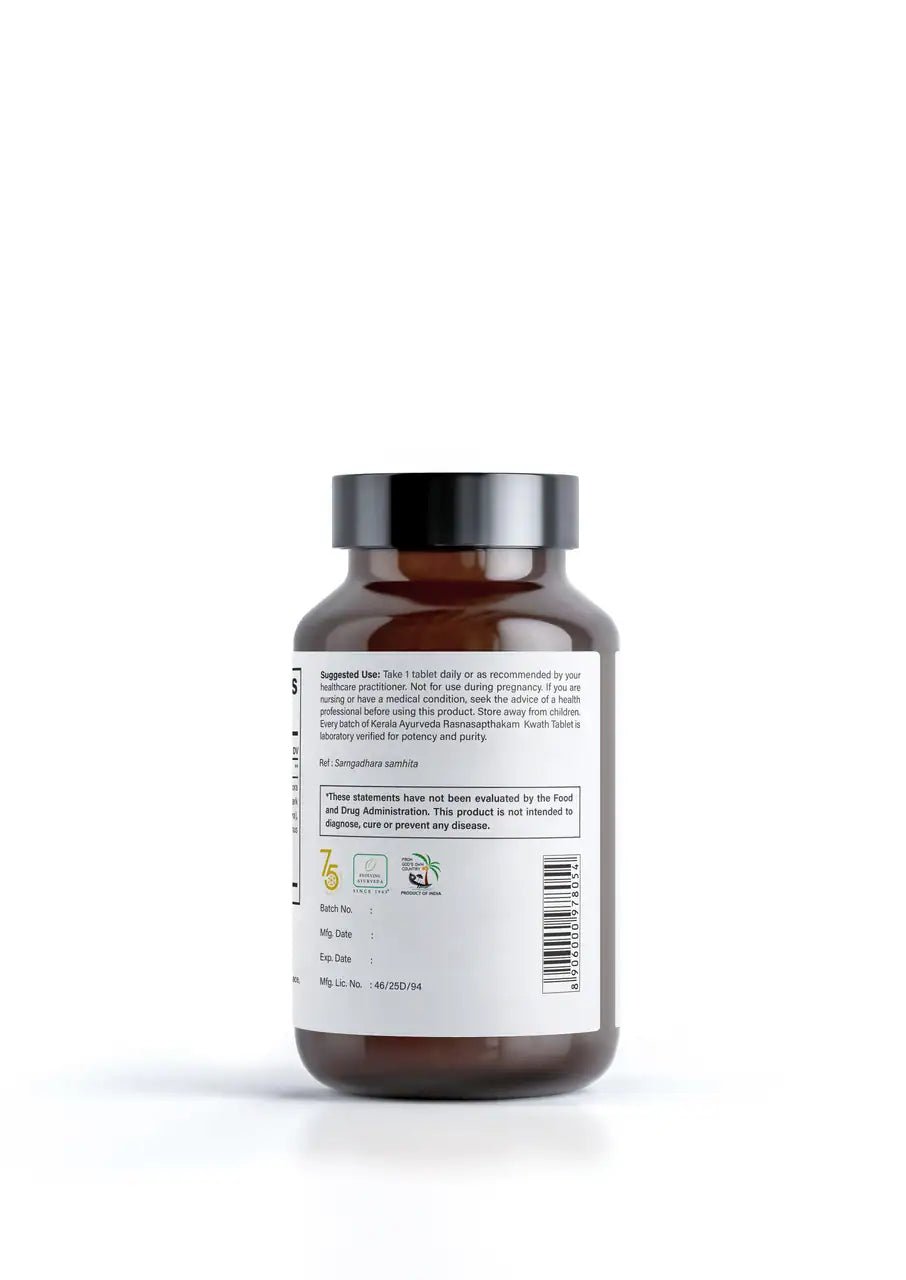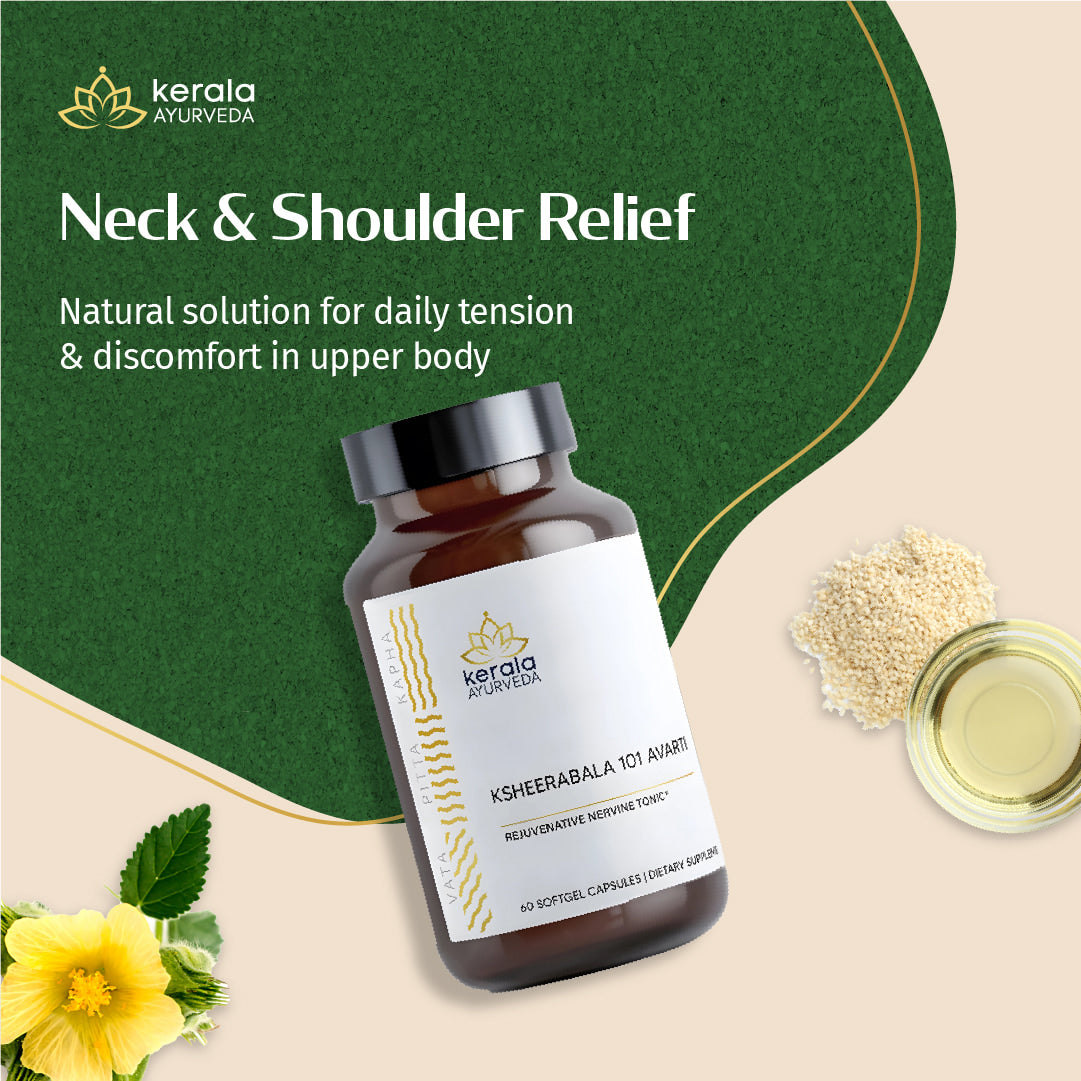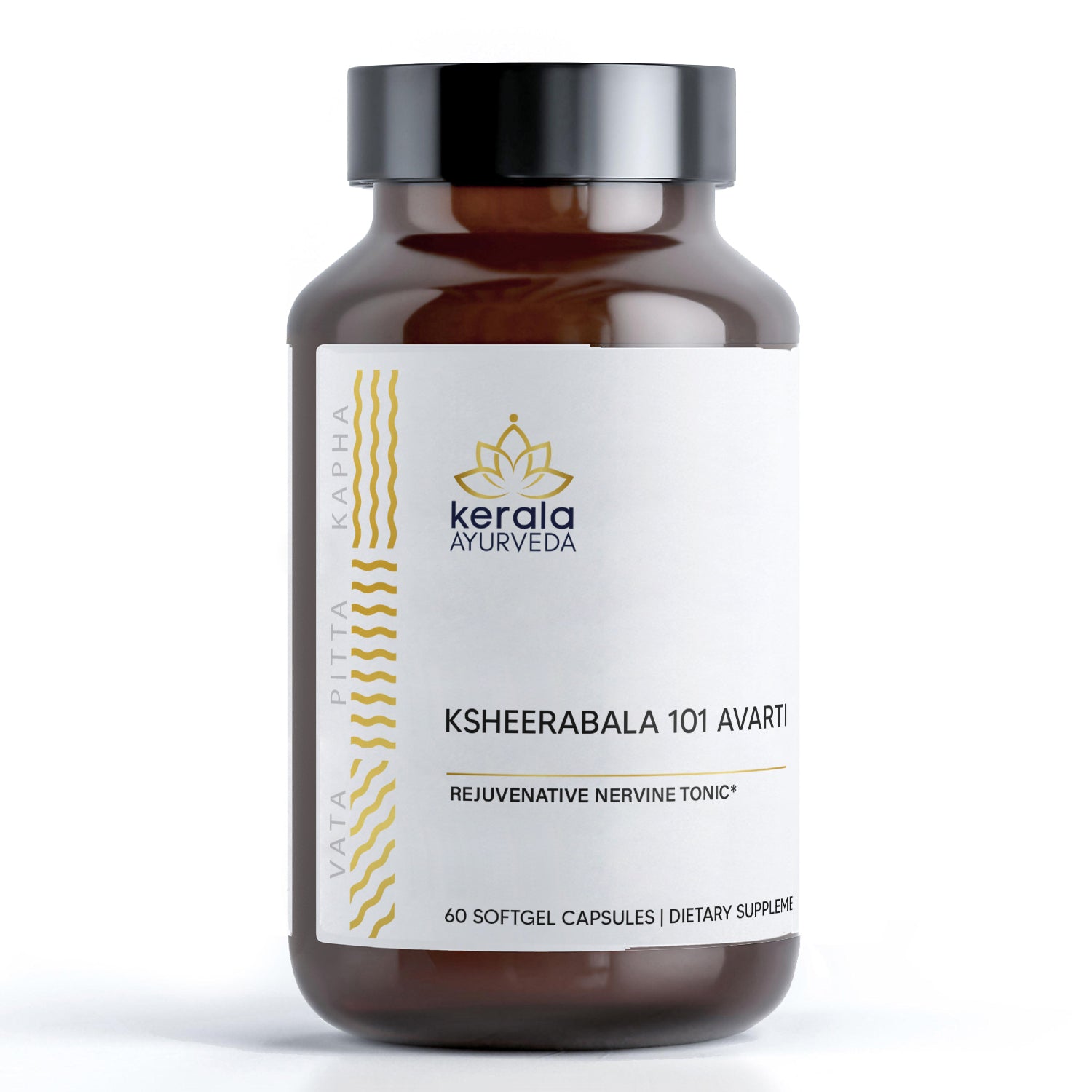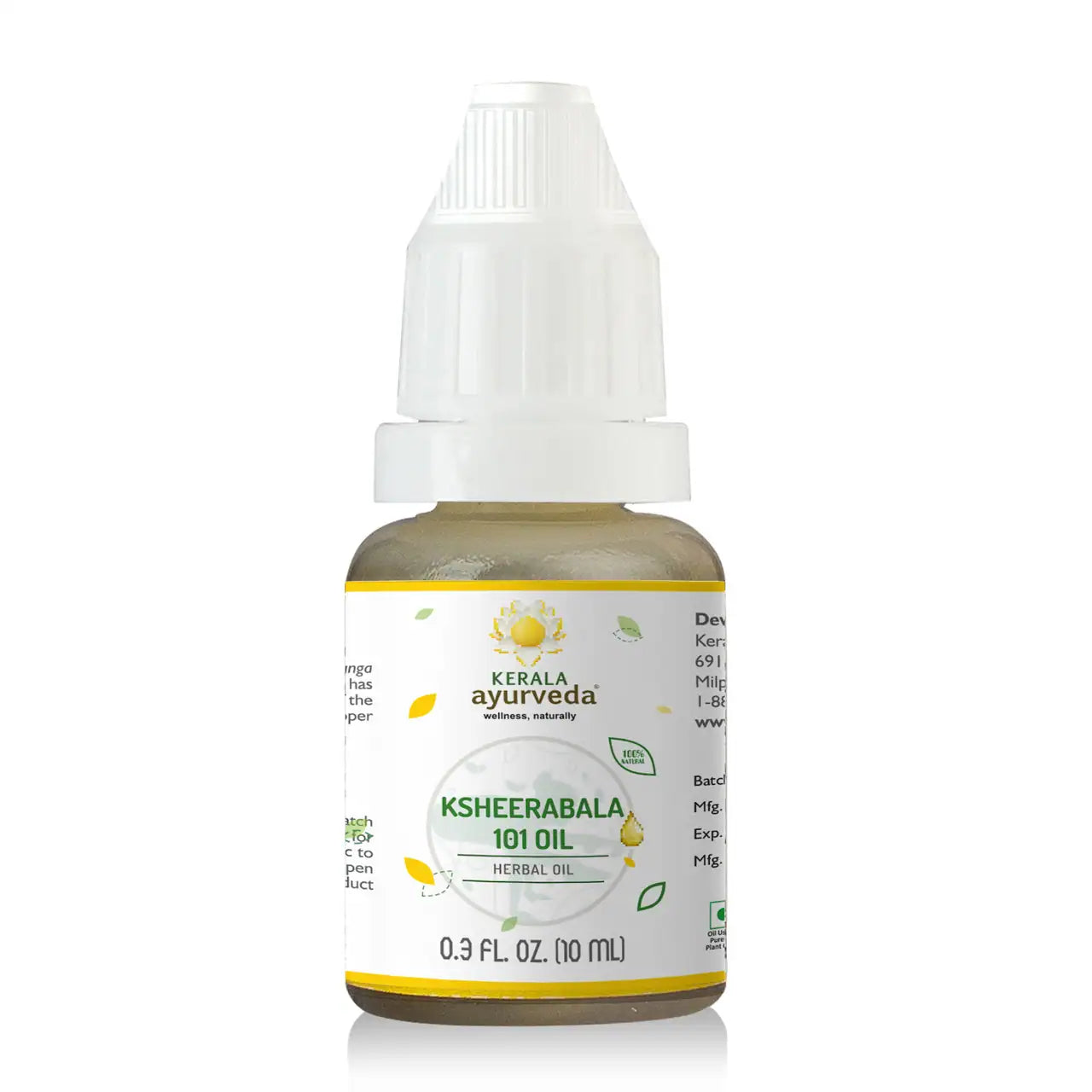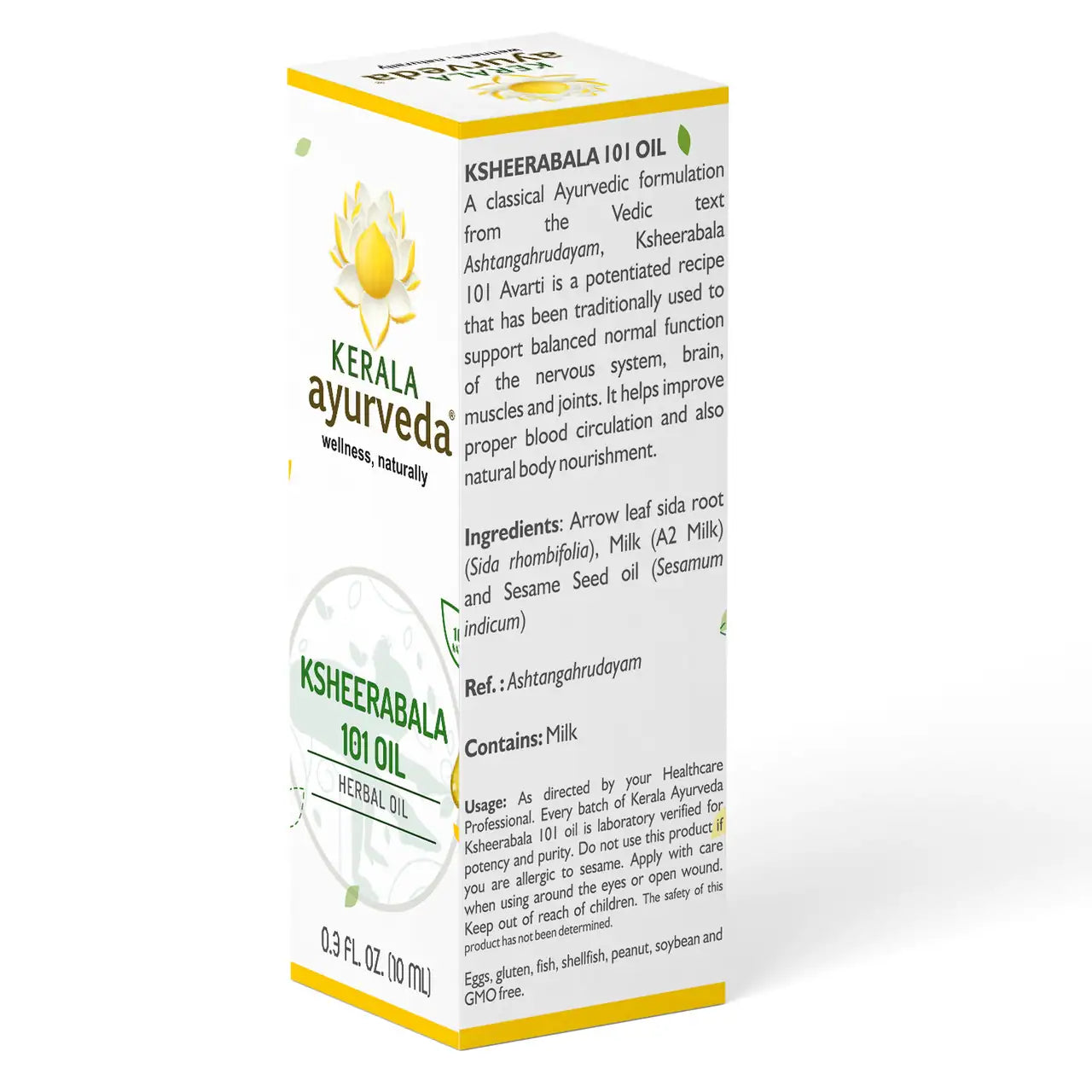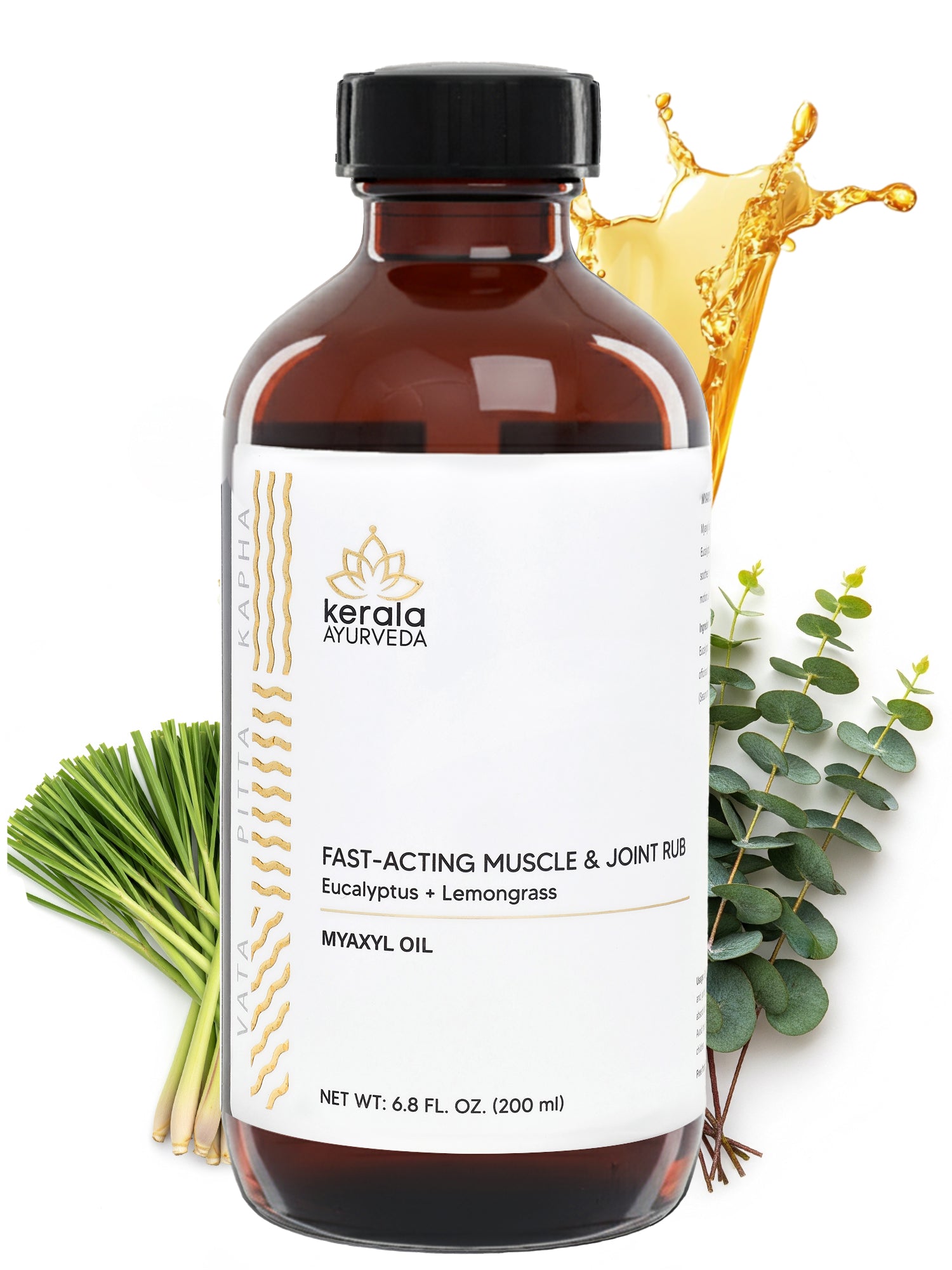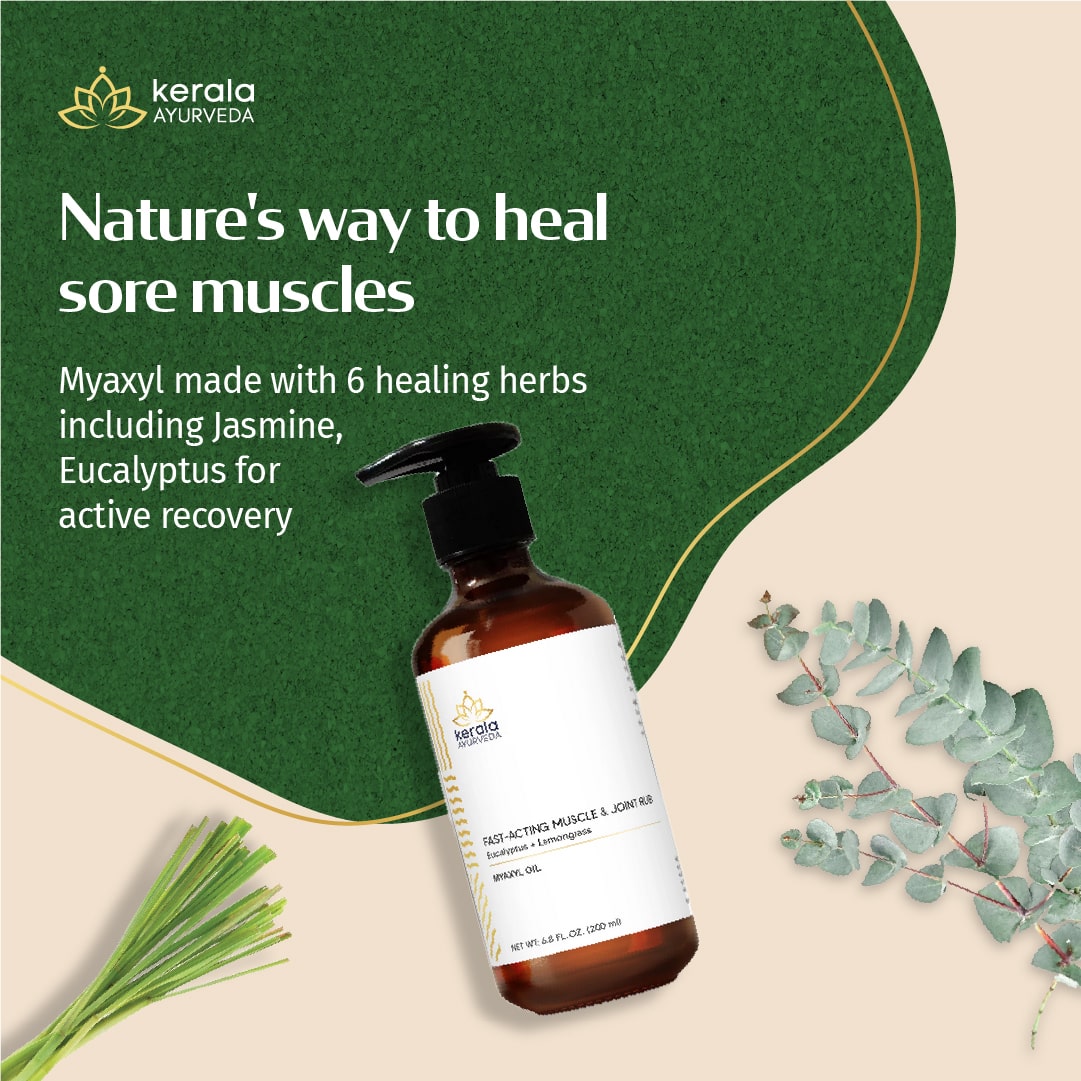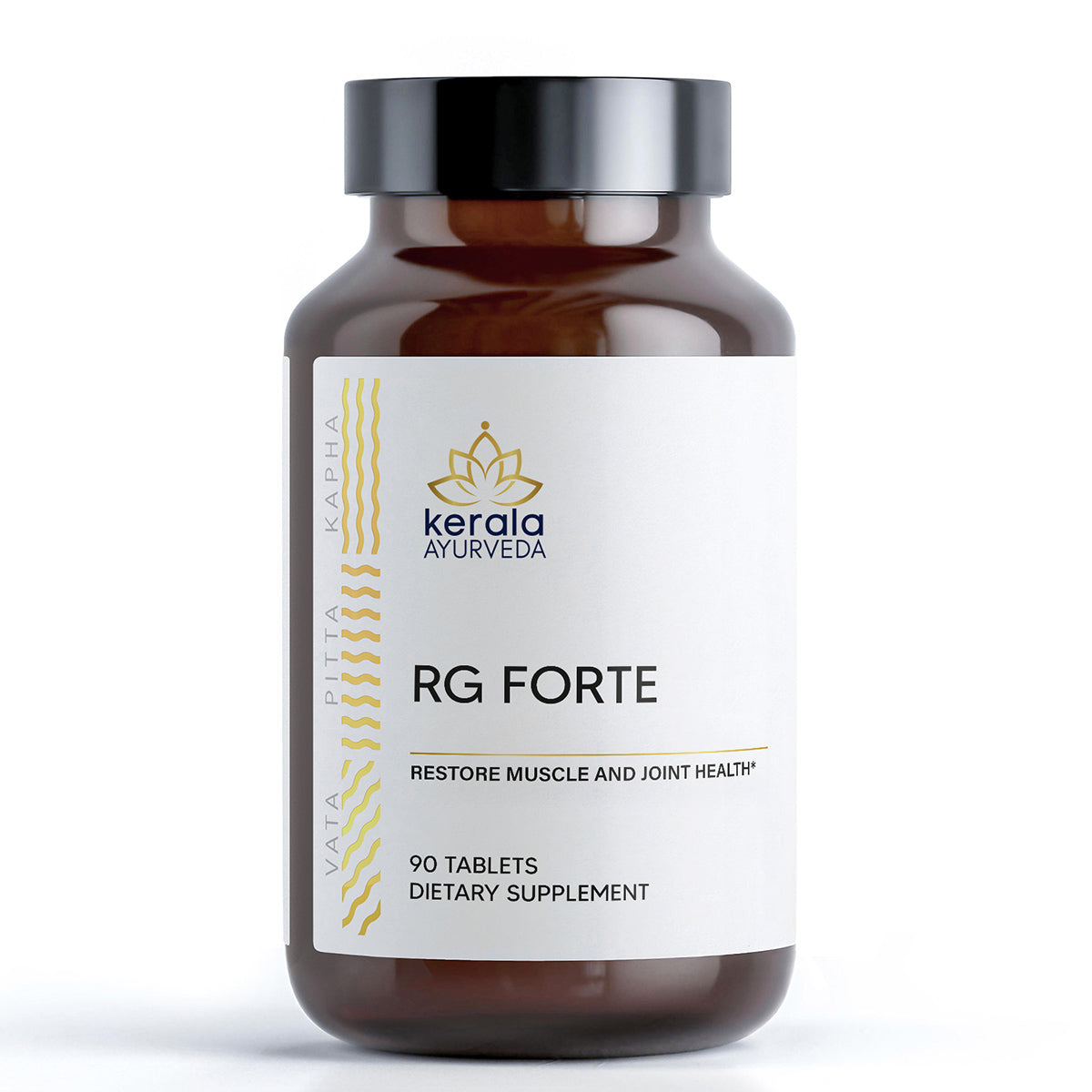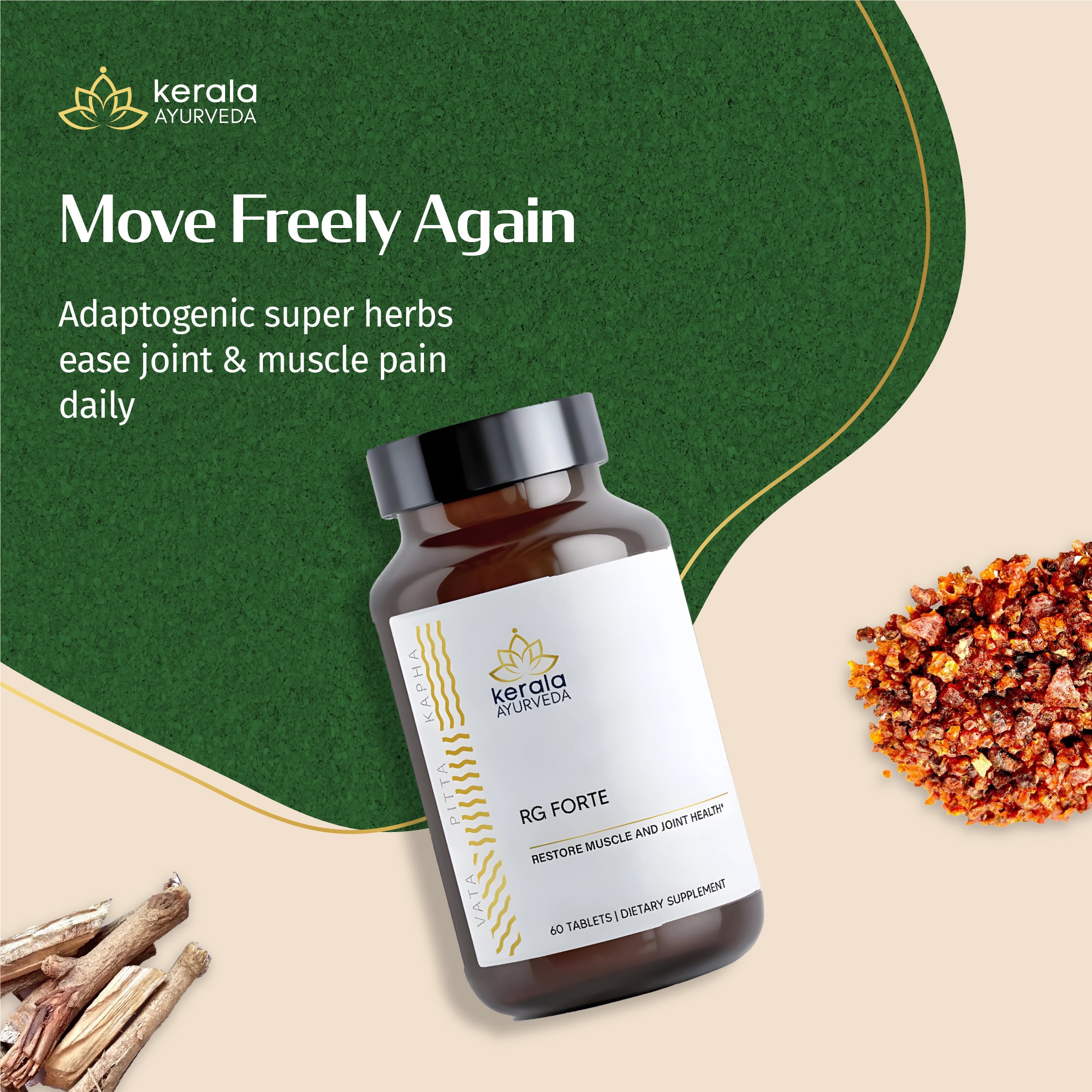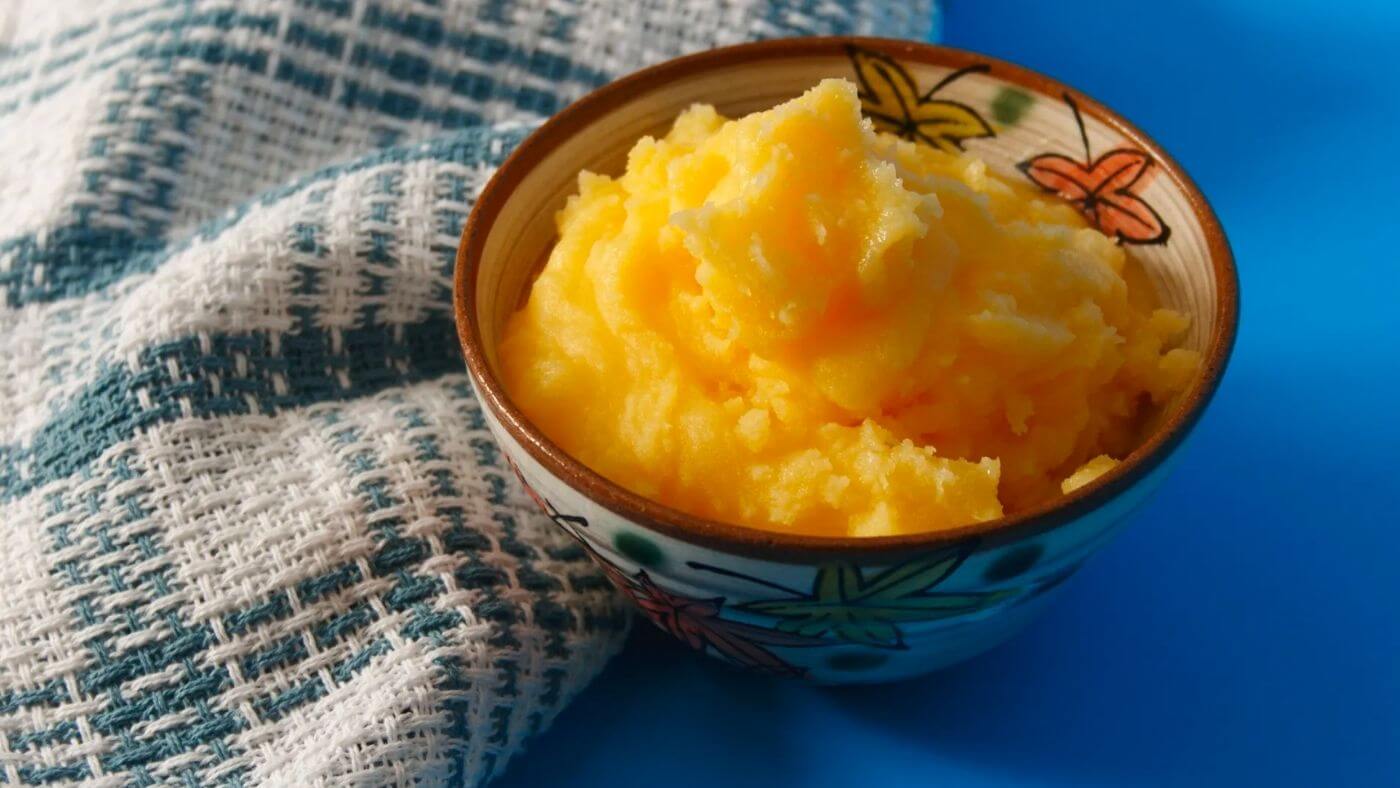Highlights
Ghee is a superior, beneficial healthy fat and type of clarified butter with many traditional uses. The difference between ghee you might find at your grocery store and Ayurvedic ghee ready to be used as a beauty ingredient is all about quality. Using ghee for skin can be an added natural beauty product to add to your clean beauty regime.
It is important to only use ghee that is organic, non-GMO, and ethically sourced. This ensures that it is as close to ghee used in ancient Vedic recipes for the best outcome.
Furthermore, herbal ghee is commonly composed of specific Ayurvedic herbs that counteract a certain ailment or help balance a particular Dosha. By applying this to the face, you can directly target skin issues that arise from an imbalance of the Doshas.
Why Use Ghee for Beauty?
Organic, quality ghee for skin is rich in omega fatty acids as well as antioxidants that fight free radicals. It is one of the most moisturizing bases you can use for nourishing and hydrating the skin. Many individuals swear by its efficacy, claiming it is one of the most effective anti-aging remedies out there, brightening the skin and minimizing wrinkles.
Ways to Use This Ayurvedic Beauty Ingredient
Ayurvedic herbal ghees, also known as Ghrita or Ghritam, are an essential component of traditional beauty recipes. There are many ways you can use herbal ghee for skin and clean beauty:
- Facial mask
- Moisturizer
- Hydrating salve
- Spot treatment
- Chapstick
- Hair mask
- Night cream
- Complexion booster
- Skin tightener
- Makeup remover
Because of the luxurious fat content of ghee, it makes an excellent skin treatment of just about any type, moisturizing the skin with an abundance of vitamin E as well as helping stimulate new skin cells and the production of collagen.

Pure Complexion Ghee for Skin Facial Mask Recipe
Creating a facial mask is one of the most fun ways to use your ghee for skin, and even better if it's herbal ghee already infused with extracts that target your Dosha.
To create a facial mask, blend 2 tablespoons of organic ghee with 2 tablespoons of organic chickpea flour and a pinch of organic turmeric.
These ingredients must be fresh and ethically harvested for maximum impact. If this is not something you have access to, it is better to use already-prepared herbal ghee that is suited to your purpose or helps balance your Dosha.
If using herbal ghee, you can skip the additional pinch of turmeric. The chickpea flour helps solidify the mask once it is on, rather than allowing the ghee to melt, though it will still be plenty pliable.
If you don’t have chickpea flour available, you can use similarly grainy flour so long as it has not been bleached and finely processed. Some favorite alternatives include fava bean flour, millet flour, or oat flour.
After exfoliation and properly cleaning your face, dry the face thoroughly with a gentle cloth. Apply the herbal ghee mask and let sit for 20 minutes. Once the ghee has set, rinse with lukewarm water and, if needed, wipe with a gentle cloth to remove any remaining mask, Pat dry with a gentle cloth.
Herbal Ghee Hair Mask Recipe
Ghee is a wonderful ingredient to add to your hair for superior follicle and scalp health. Because of the healthy fatty lipids and protein present in ghee, it penetrates the scalp and nourishes the hair from the root, allowing you to grow healthier hair that is stronger and more vibrant than before.
To make a single application of this hair mask, it is typically recommended you use one tablespoon, but you can make more if you feel that it isn’t absorbing well, or if your hair is particularly thick. Keep in mind this will be massaged into the scalp, but also needs to cover the hair follicles at length.
First, mix one part of cold-pressed coconut oil (liquid, or at room temperature) with equal parts of your favorite herbal ghee for skin. Blend until the fats combine and it forms a smooth, silky consistency.
Before you wet your hair, apply the mixture to your scalp first, massaging gently. Next, rub the mixture over all your hair, starting from the scalp and making your way to the ends. Allow the mixture to sit for a few minutes before washing it away in warm water with a sulfate-free shampoo.
There are many herbal ghee mixtures out there that are tailored to a particular problem or help you balance a certain dosha. It is not uncommon to have multiple herbal ghee for skin blends in your cupboard!
This hair mask is highly moisturizing and provides you with all the benefits of the other Ayurvedic herbals based on your doshas. It is ideal to use this hair mask on a regular basis, letting the mixture soak into your hair and scalp before washing it away at least once a week. Best of all, you’ll smell like rich coconut and herbs.
Ghee Wrinkle Cream Recipe
Have you ever tried ghee as a base for your wrinkle cream? It’s time to move on from the expensive name-brand eye creams and instead choose something natural and organic, derived from ancient Ayurvedic wisdom.
You will need one tablespoon of organic tulsi honey, and one tablespoon of organic ghee for skin. Mix these two ingredients until it forms a uniform golden color.
Massage the target areas gently with this mixture for at least a minute, and allow it to sit for at least 20 minutes. The mixture may dry slightly as it sits.
When you are ready, wash the mixture off gently with warm water.
This cream is simple to make and can be used either that night or sealed and stored for up to 24 hours after making it.
Used after a light exfoliation, this wrinkle cream will help revitalize the skin and stimulate cell regeneration and collagen. Many people swear by the effects of this recipe on their fine lines, using it as a daily or nightly eye cream.
Using quality ghee for skin with all-natural, organic tulsi honey is one of the best ways to treat your skin right while tightening wrinkles and fine lines. Because both the honey and the ghee are lubricating and moisturizing, it helps bring Vata Dosha back into balance.
Choose Organic, Ethically Sourced Ghee
It is important to choose organic ghee that has been ethically and sustainably sourced whenever you are choosing an ingredient for your beauty products. These extra steps help you acquire a fresher and more pure version of the product for maximum potency in any recipe you use it in.
By ensuring the ghee you use is 100% organic and non-GMO certified, you can rest assured knowing it is not harming the environment during production and you are not subjecting yourself to secondhand or indirect exposure to herbicides or pesticides. Choosing to source your ghee from Kerala Ayurveda matches all these qualifications, as well as supporting family farmers from Kerala, India.
Does Ghee Improve Complexion?
Yes, many people agree that using ghee as a facial mask brightens the skin and improves the complexion. Ghee is said to improve the natural glow of skin, often attributed to its antioxidant properties and rich protein content.
Ghee evens out the skin tone, giving the skin a softer and more vibrant appearance, adding to that natural glow.
Beyond that, since ghee stimulates collagen production and helps revitalize the skin by stimulating cell regeneration, it may be that the skin renews itself more often when ghee is used frequently.
Can Ghee Remove Dark Circles?
Yes, ghee has been used to remove dark circles for a long time in traditional Ayurvedic skincare. Often, the type of ghee used is either Desi Ghee, sourced from Desi cows, or Golden Ghee which is infused with turmeric.
Because ghee is a natural lightener, it can lighten the appearance of dark circles easily over a period of frequent use. As a bonus, it will help stimulate collagen production in the area, as well as hydrate the skin around the eyes.
For the best results, ghee must be applied once daily. The length of time required depends on a range of factors such as the quality of the ghee and the cause of the dark circles.
Who Should Avoid Using Ghee for Beauty?
While ghee is touted as an amazing ingredient for beauty recipes, it’s important to keep in mind that some people shouldn’t use ghee on their skin.
First and foremost, anyone who has an adverse reaction or allergy to dairy should avoid ghee because it is clarified butter.
Some ghee may be made using cow’s milk, others might use goat or sheep’s milk. In all cases, lactose-intolerant individuals should avoid the ingredient.
Furthermore, individuals with oily skin may want avoid using ghee. Because the ingredient is so rich in fatty lipids, it could further clog pores and exacerbate any problems with acne or pimples.
It may come as a surprise to some, but ghee is beneficial for individuals with sensitive skin, as it helps reduce redness and inflammation, moisturizing problem areas. While many other beauty products recommend avoiding use if you have sensitive skin, ghee is one ingredient that can benefit sensitive skin.
Bringing the Traditions of Kerala, India to You
Kerala Ayurveda is dedicated to helping you discover Ayurveda as it was described in the Vedic texts that originated from Kerala, India. These rich traditions are part of a long-lived, thriving system of holistic medicine that continues today.
Dedicated to providing information about this holistic philosophy of health, Kerala Ayurveda strives to provide you with meaningful and accessible information every step of the way.
As a true seed-to-shelf company, Kerala Ayurveda works to ensure all herbs harvested for herbal ghee and other ingredients are all sustainably and ethically sourced from organic, non-GMO sources, supporting the natural ecosystem of the region as it has existed for hundreds of years.





